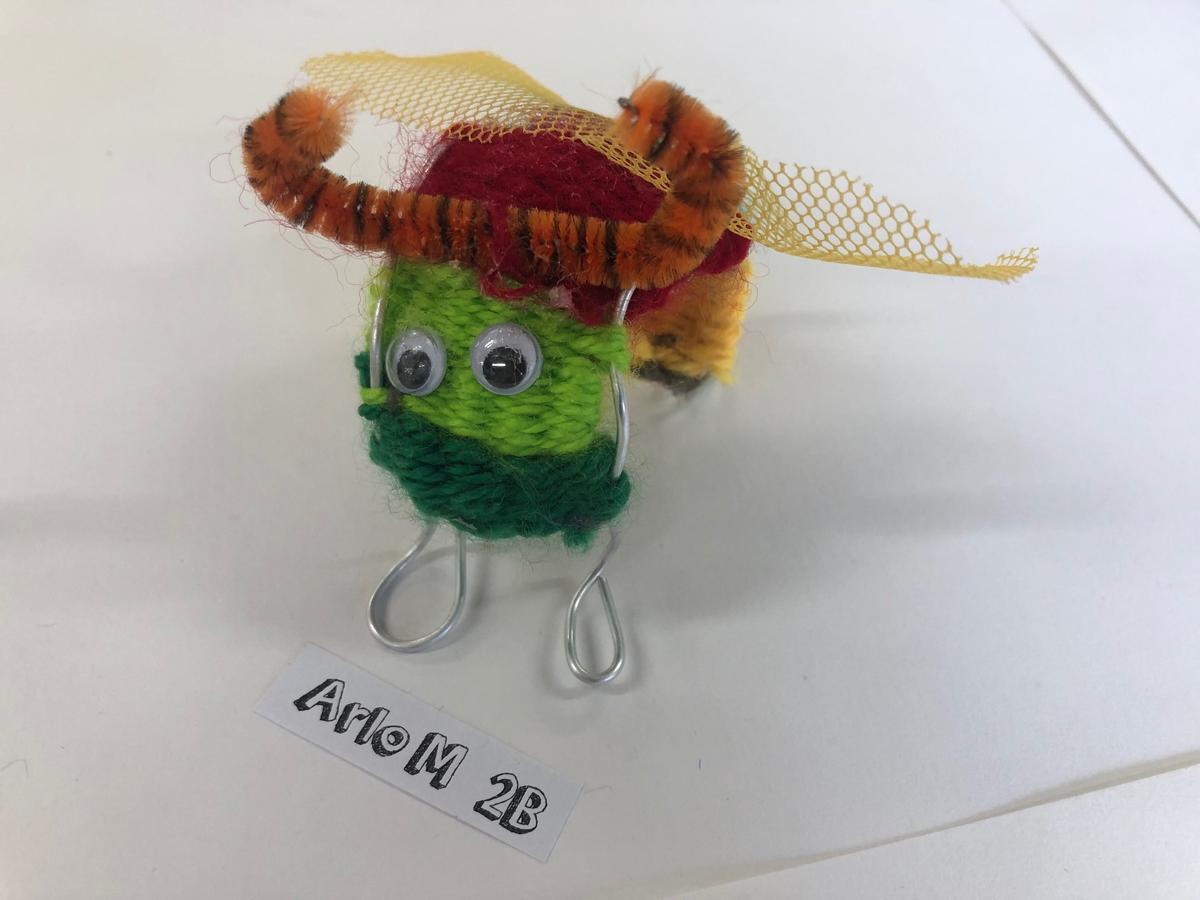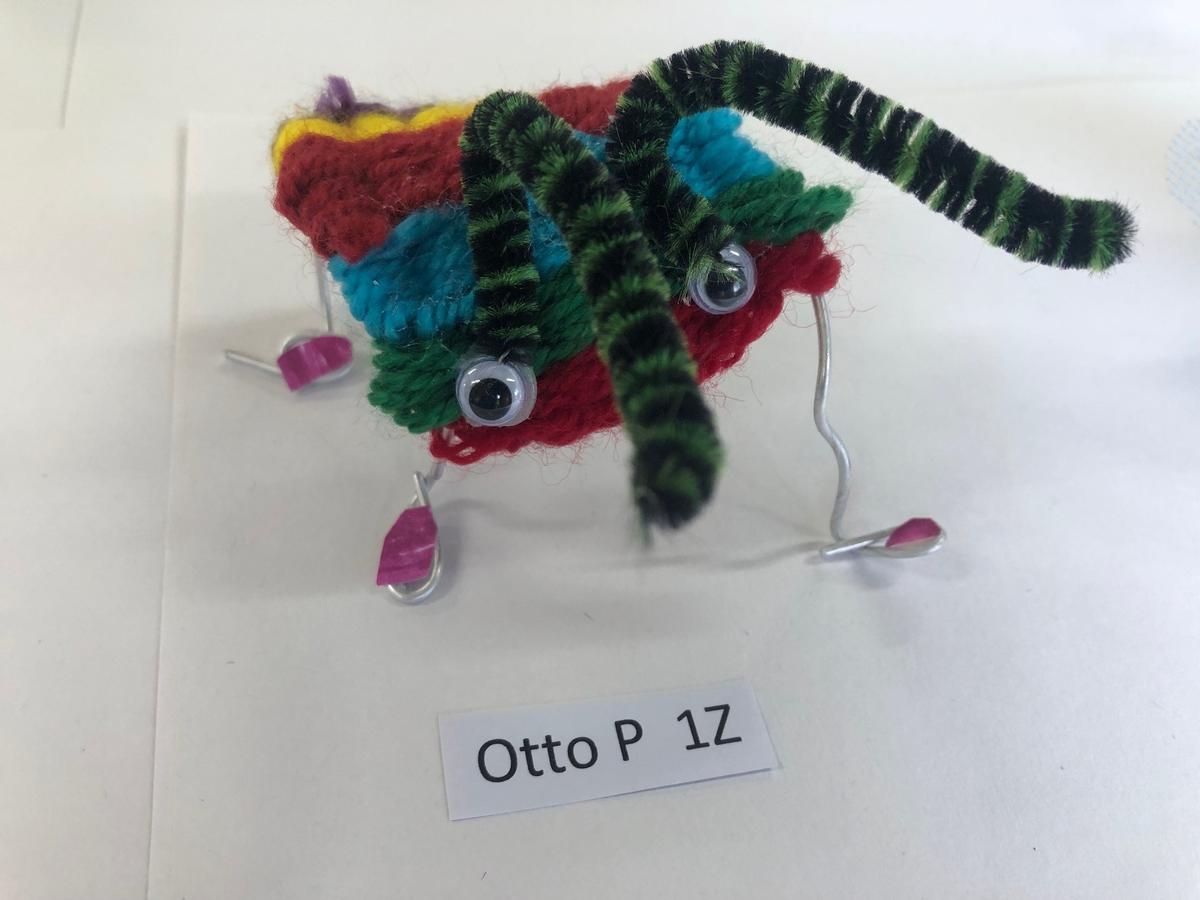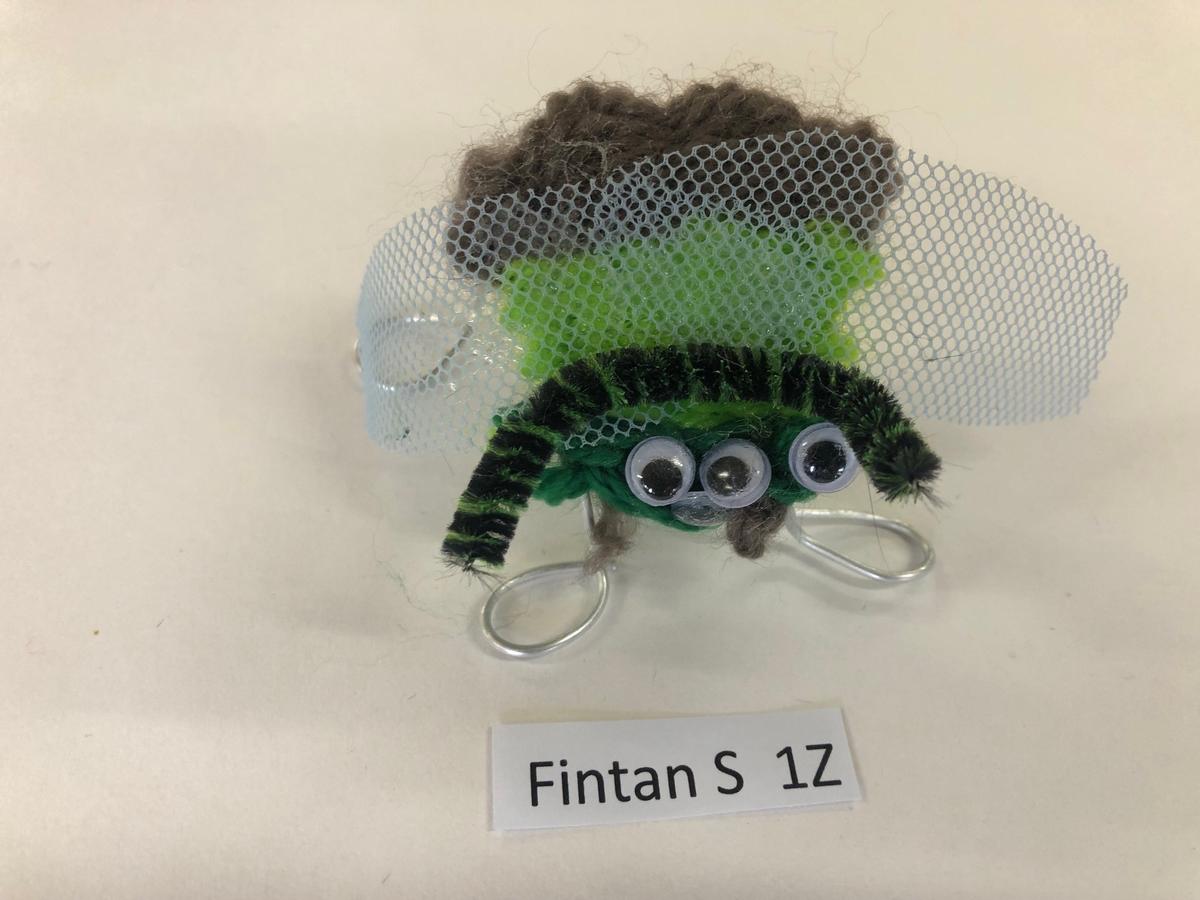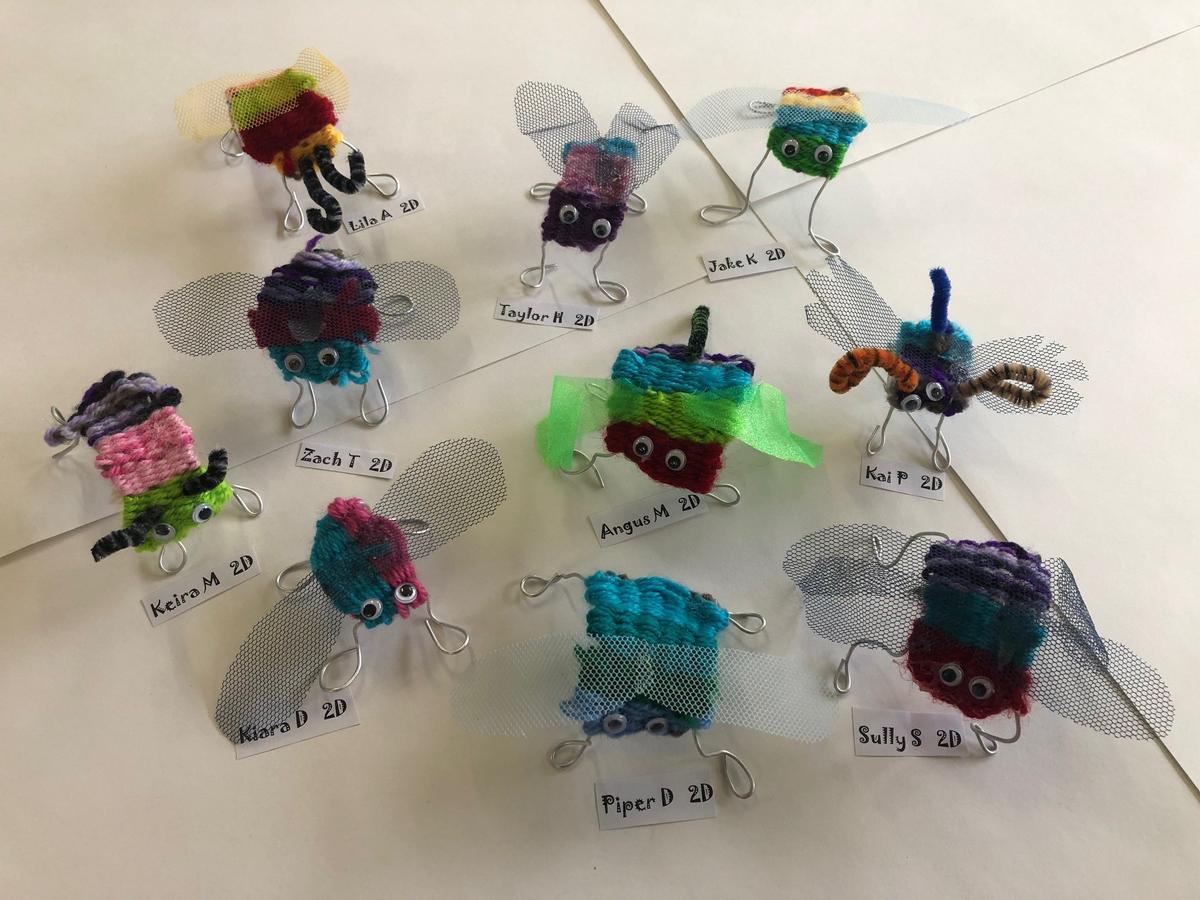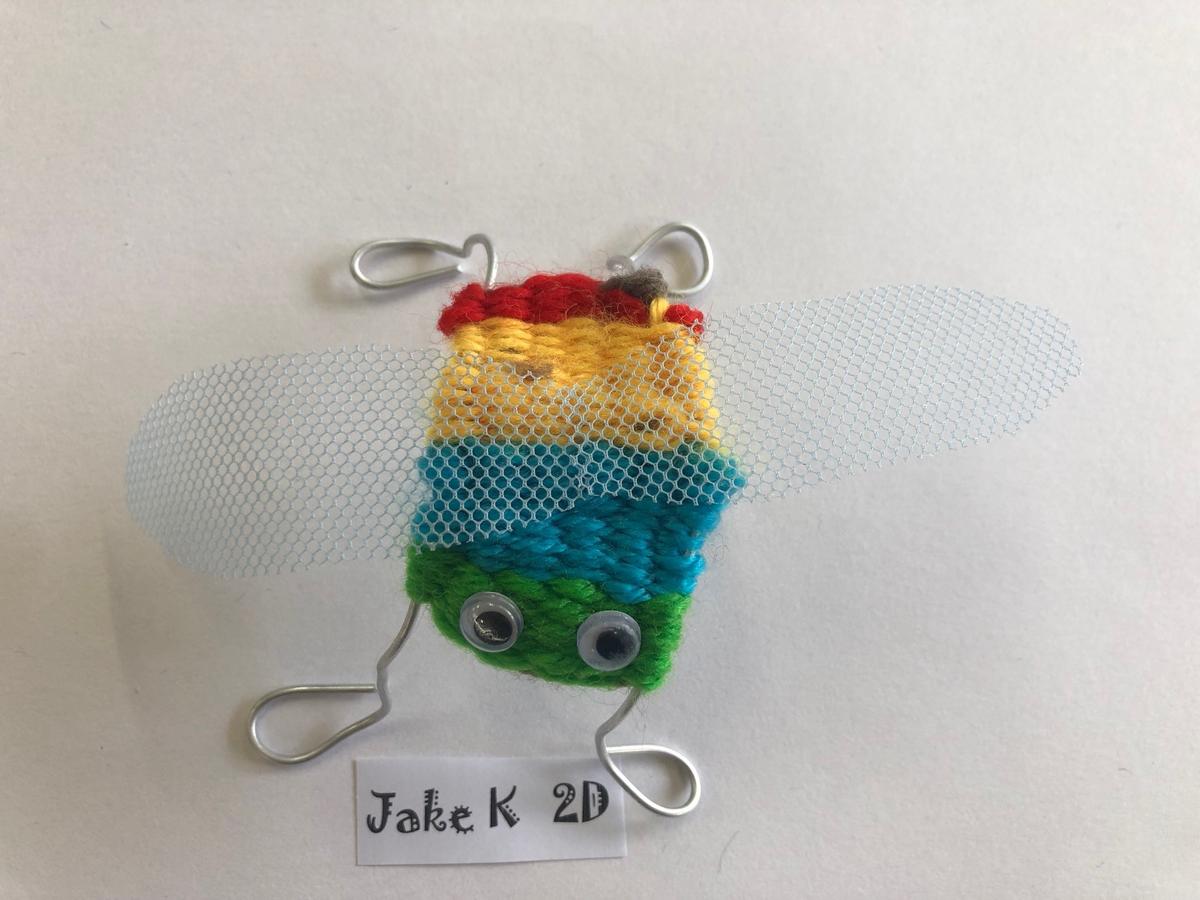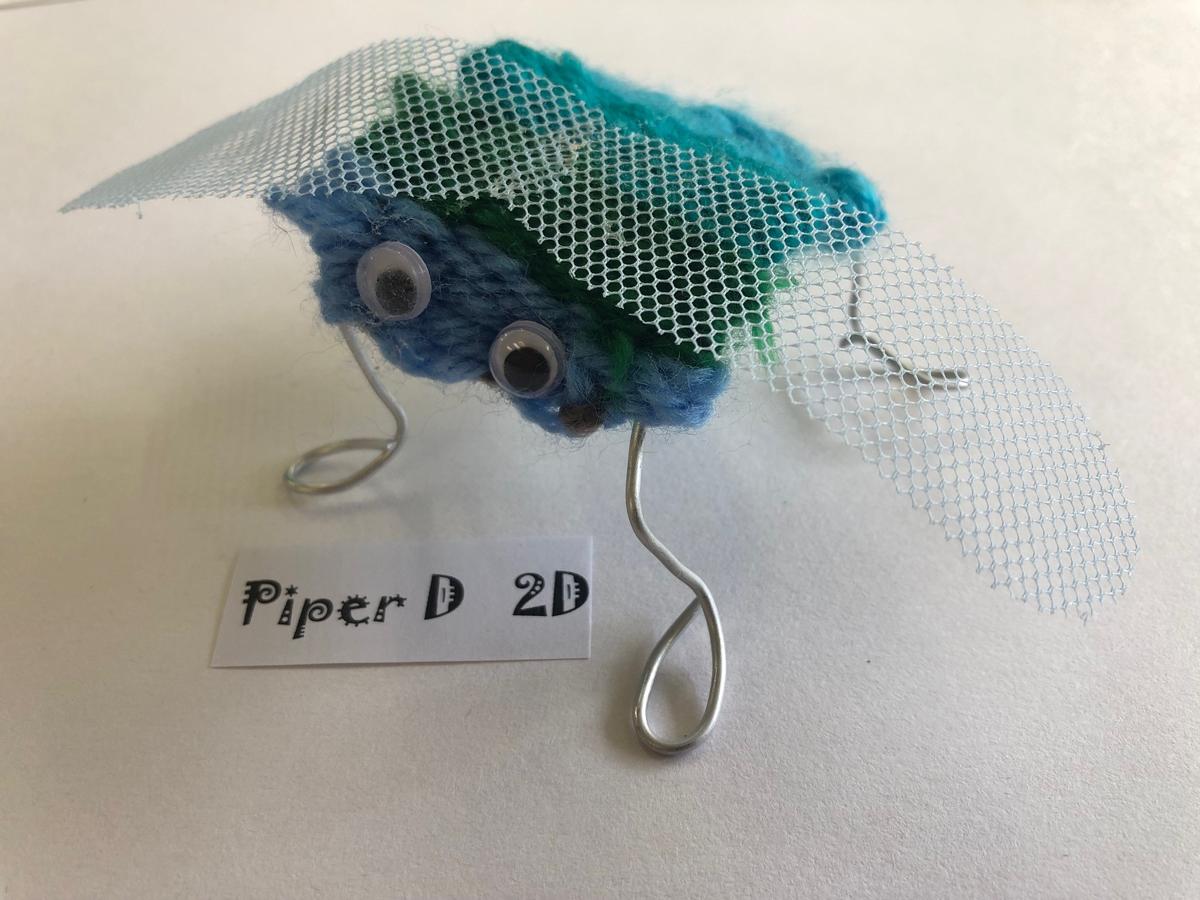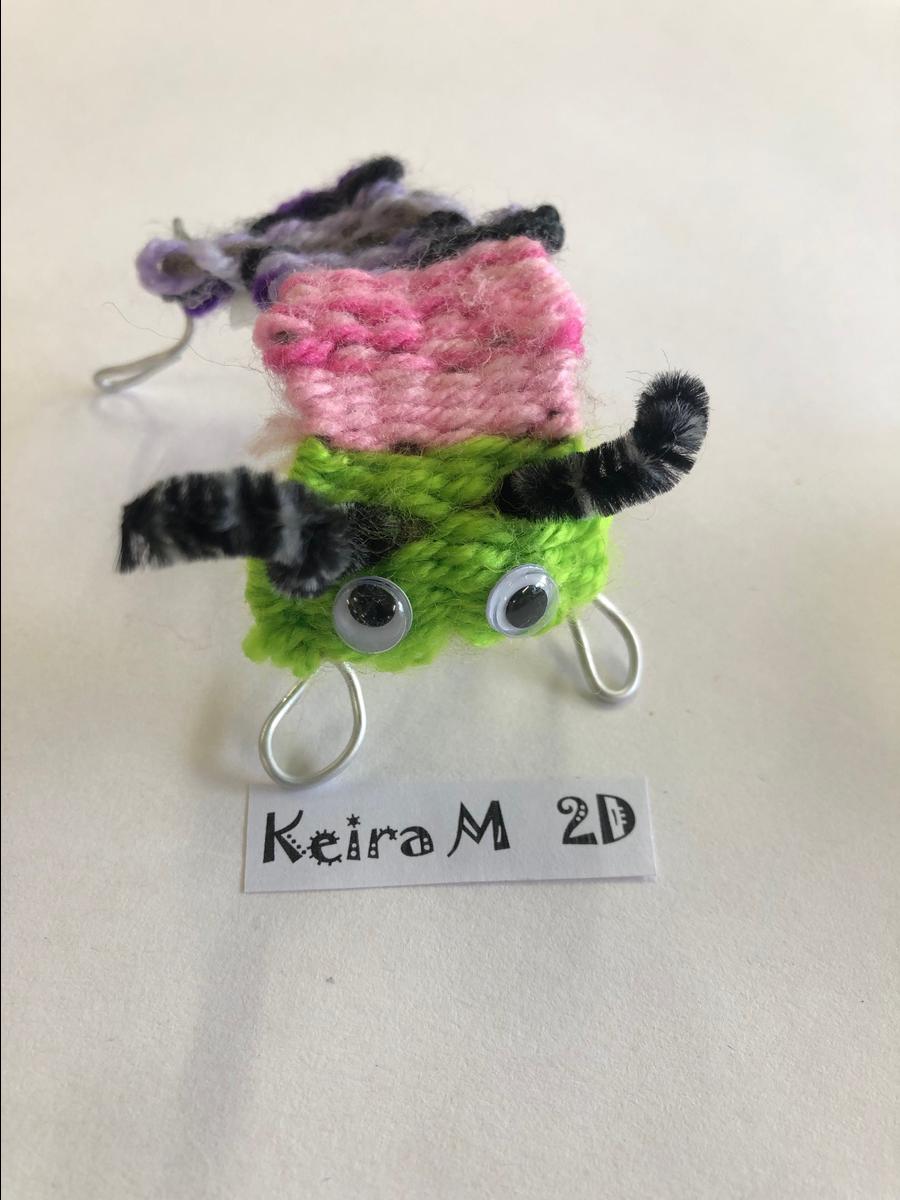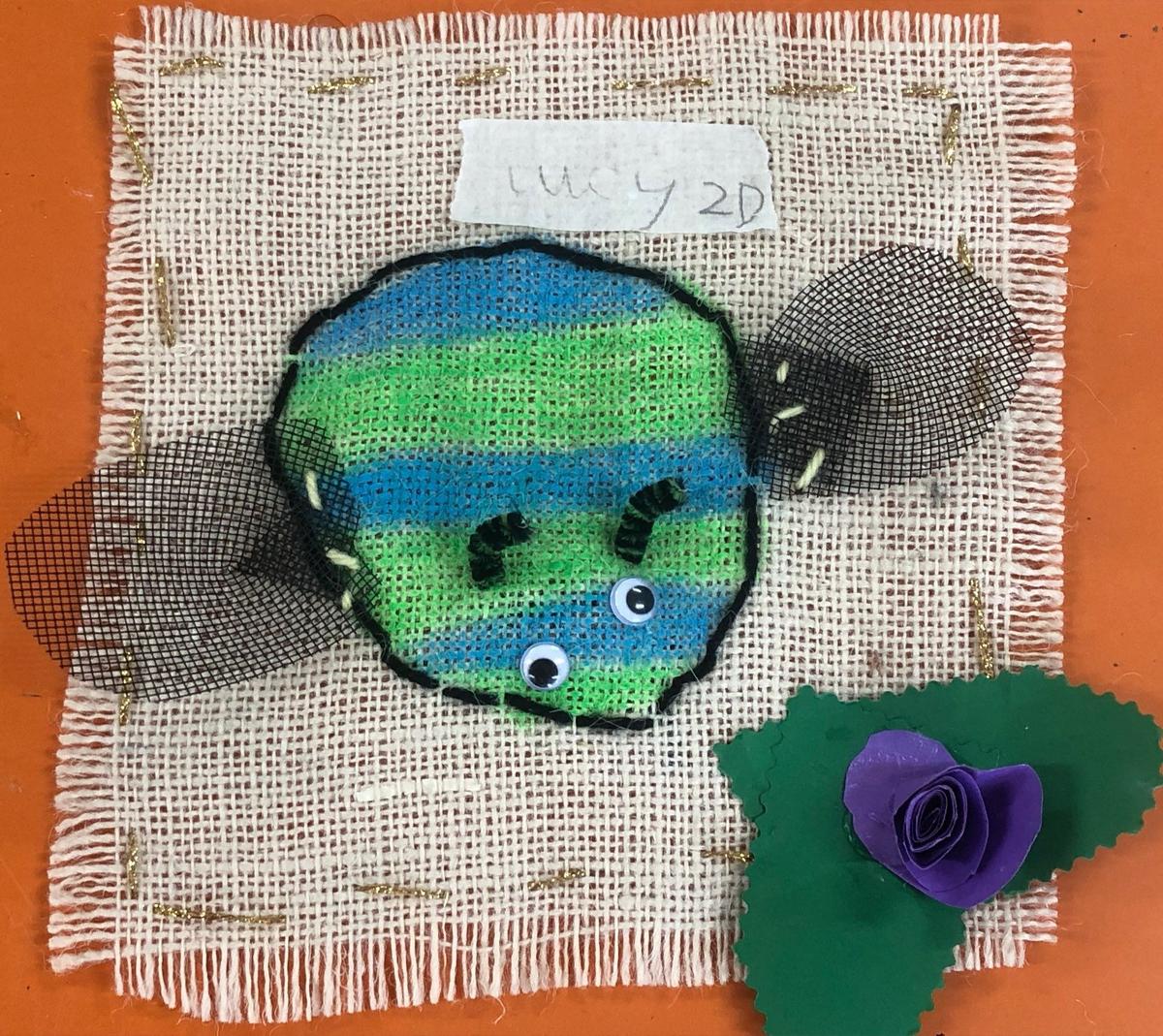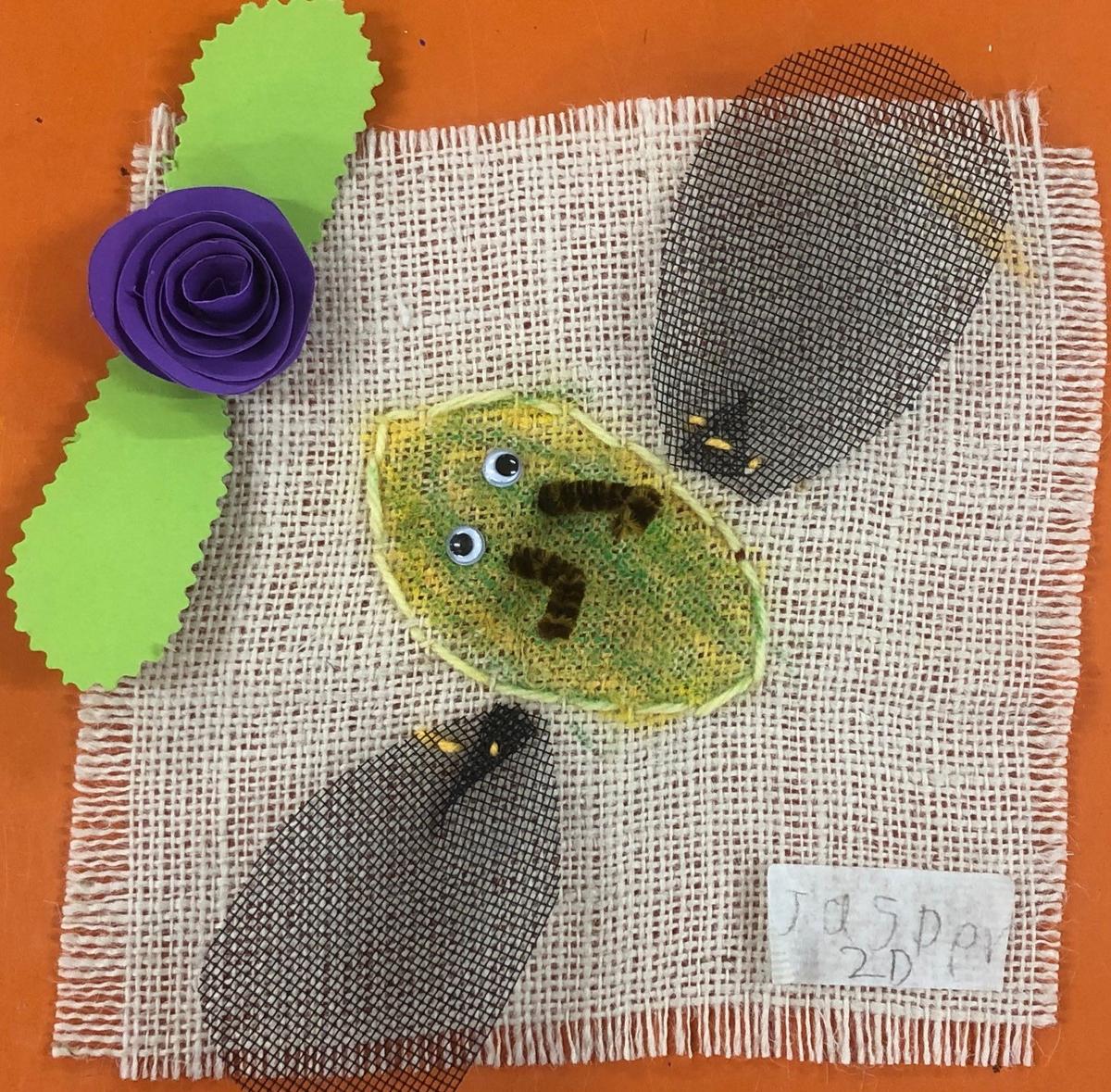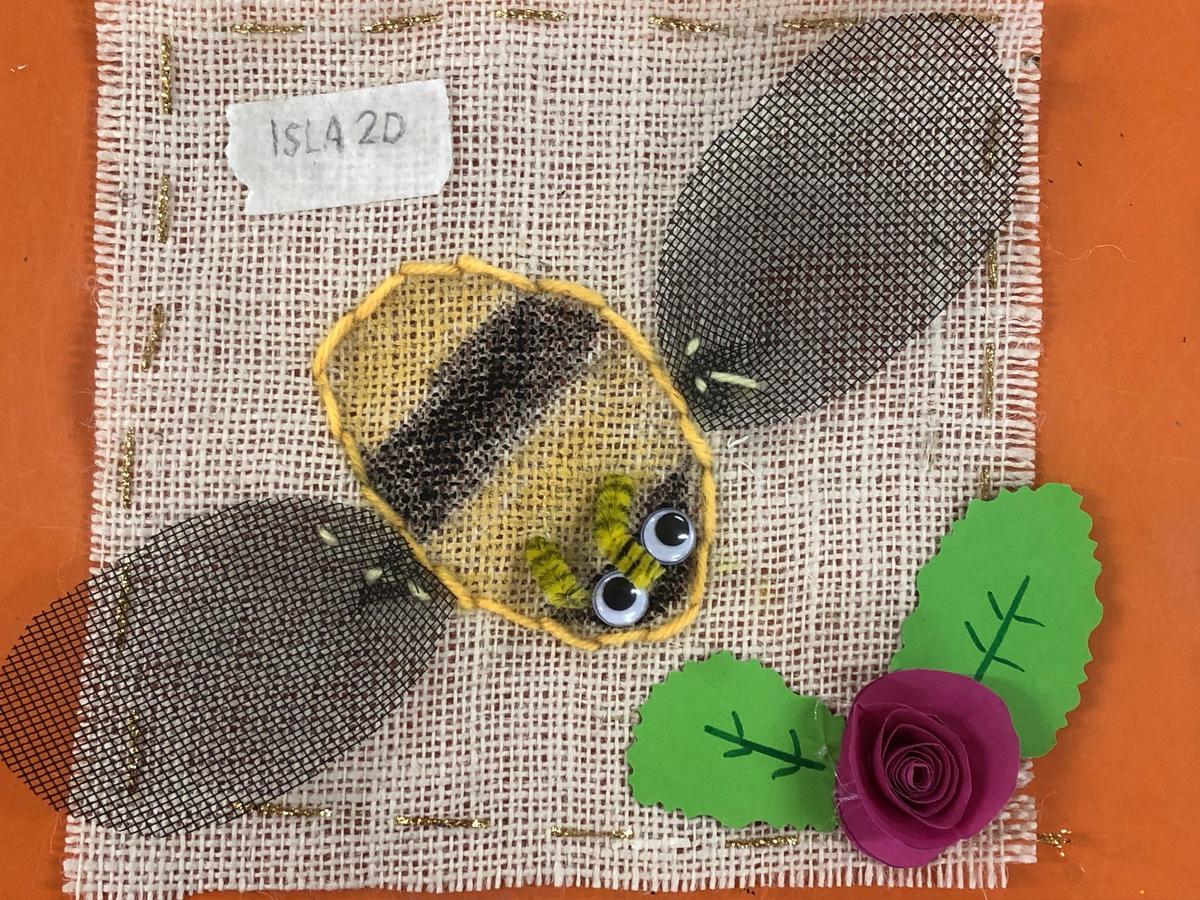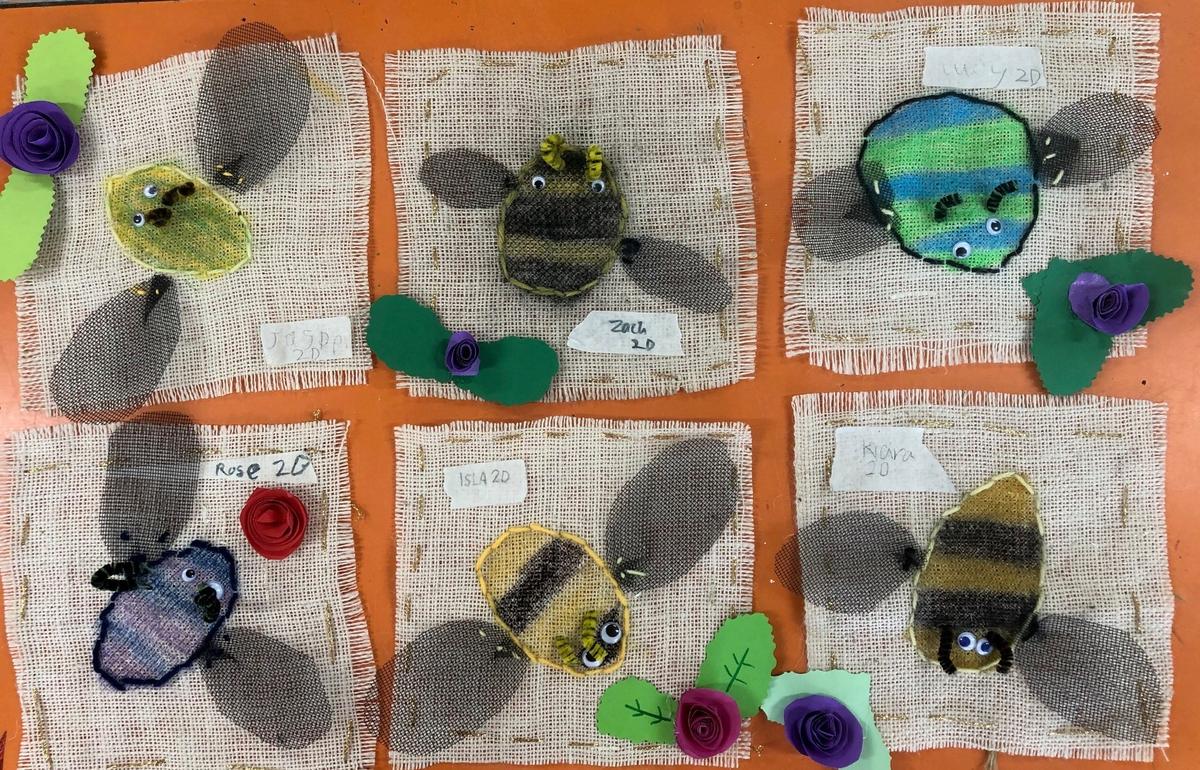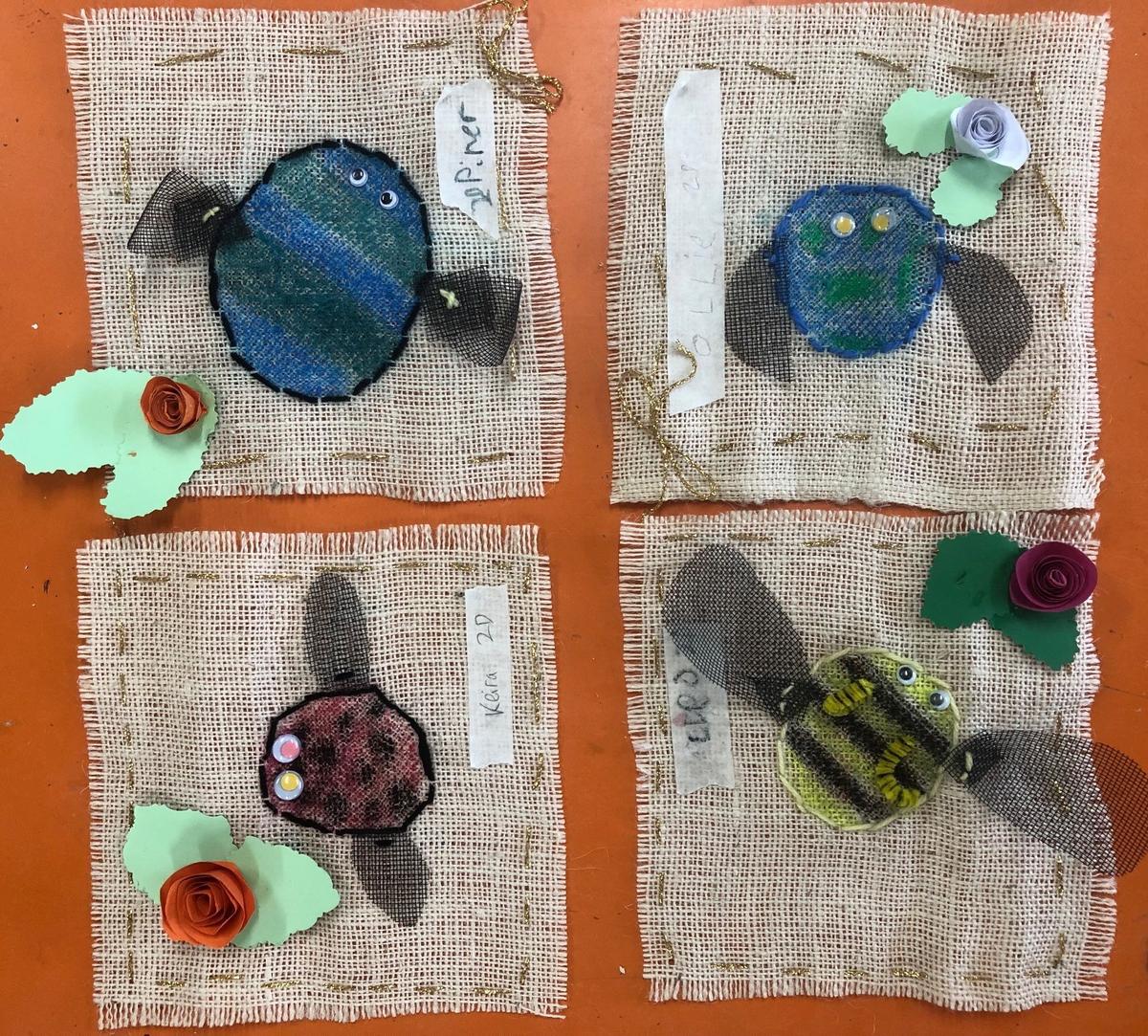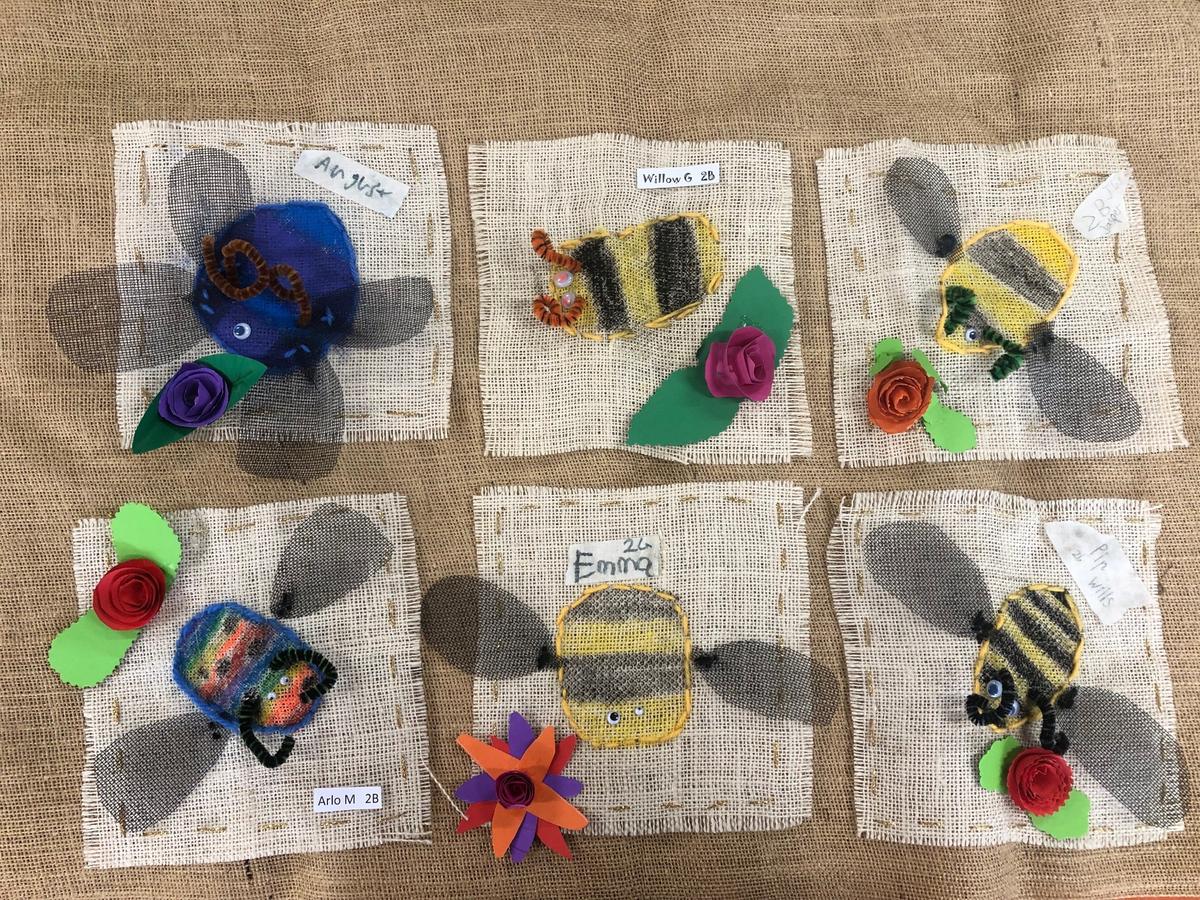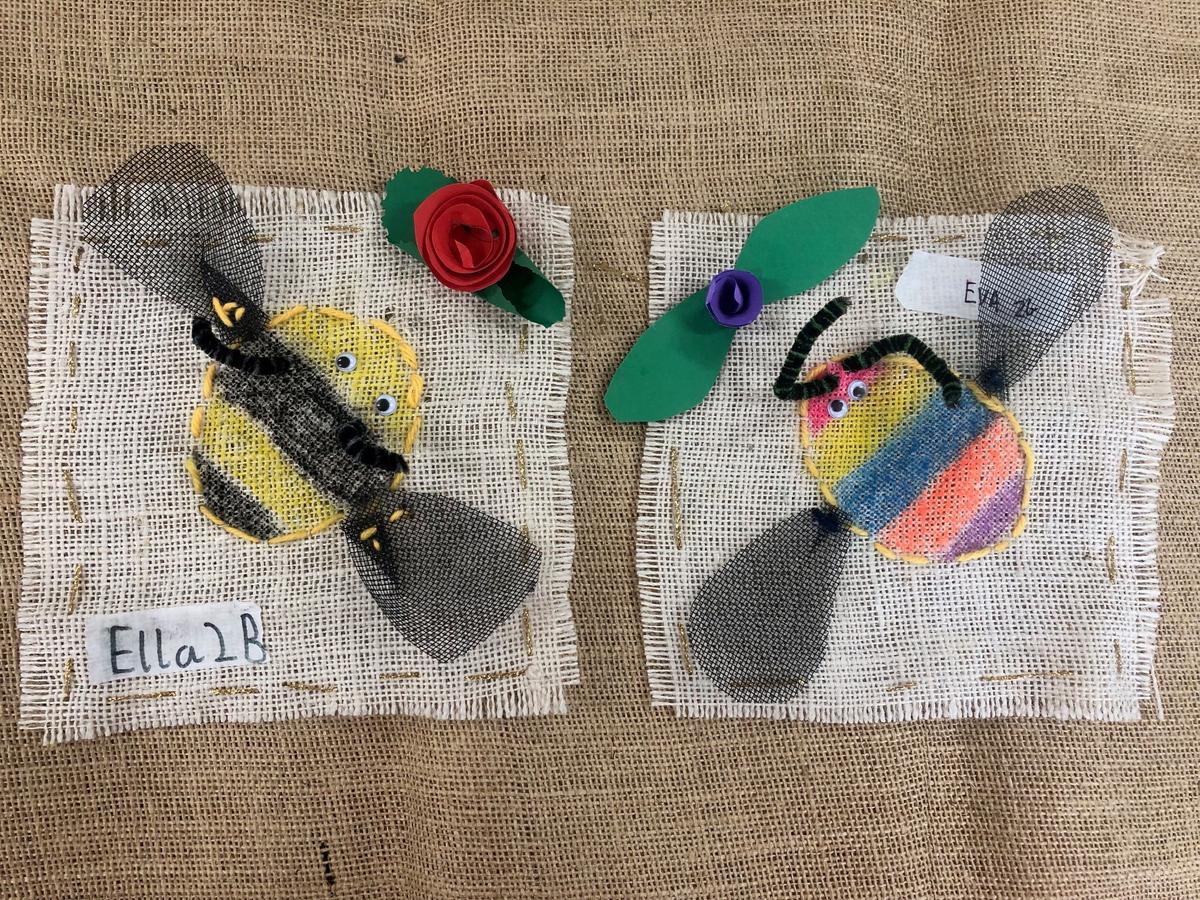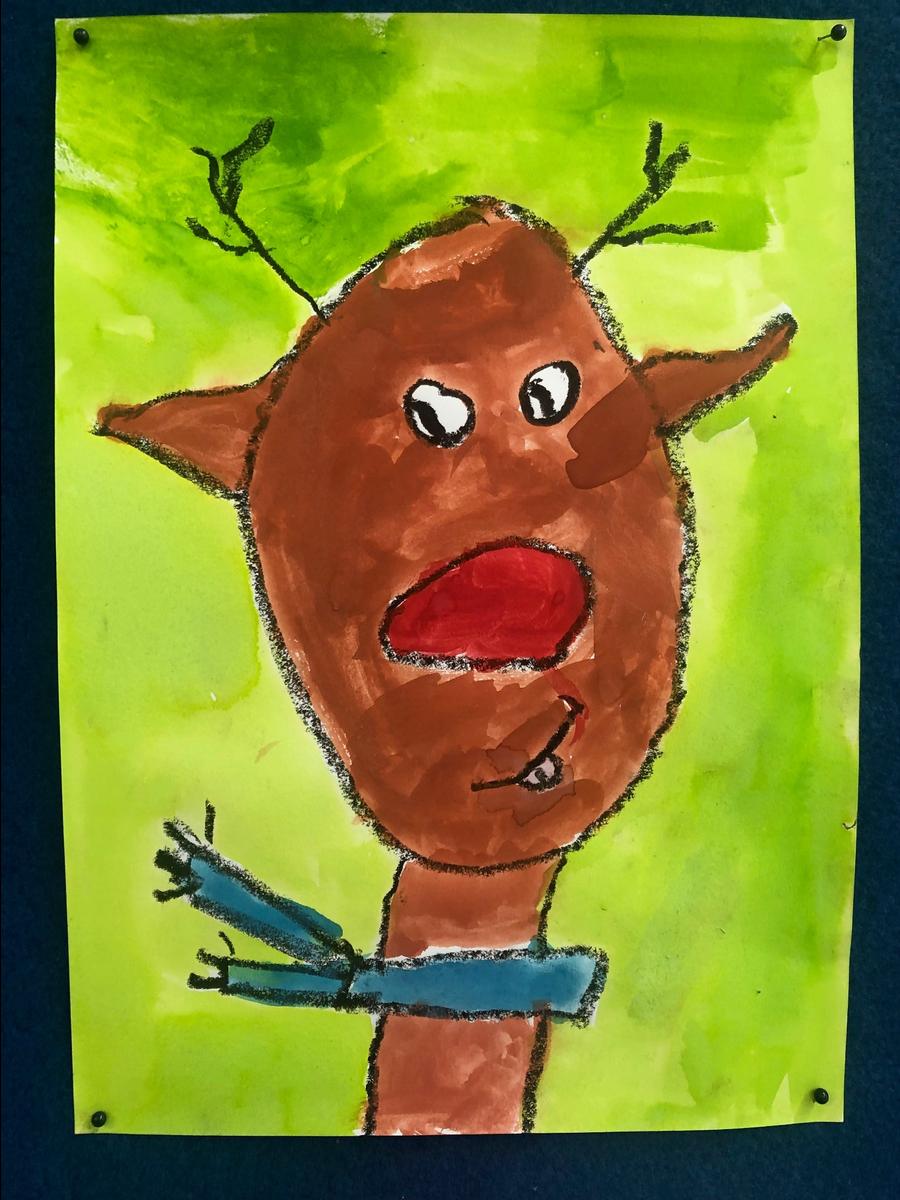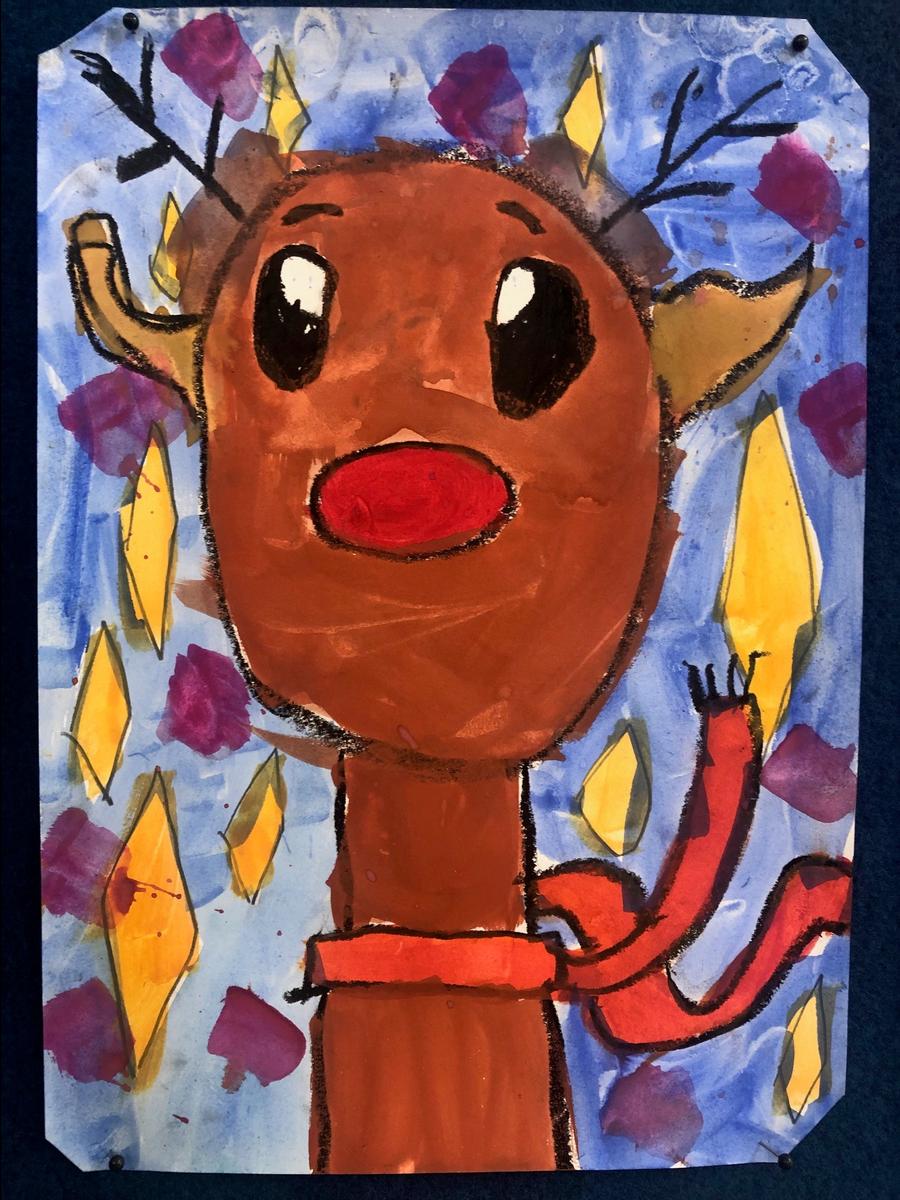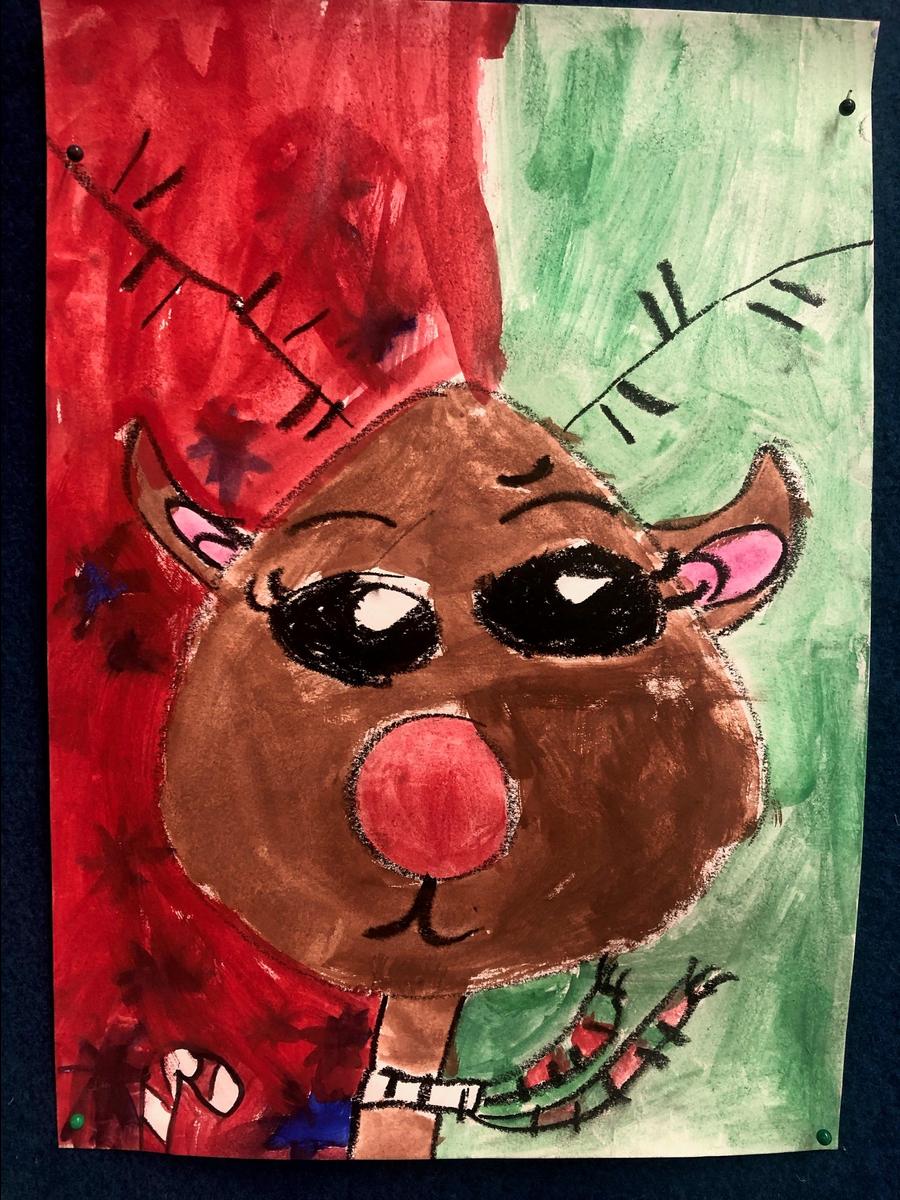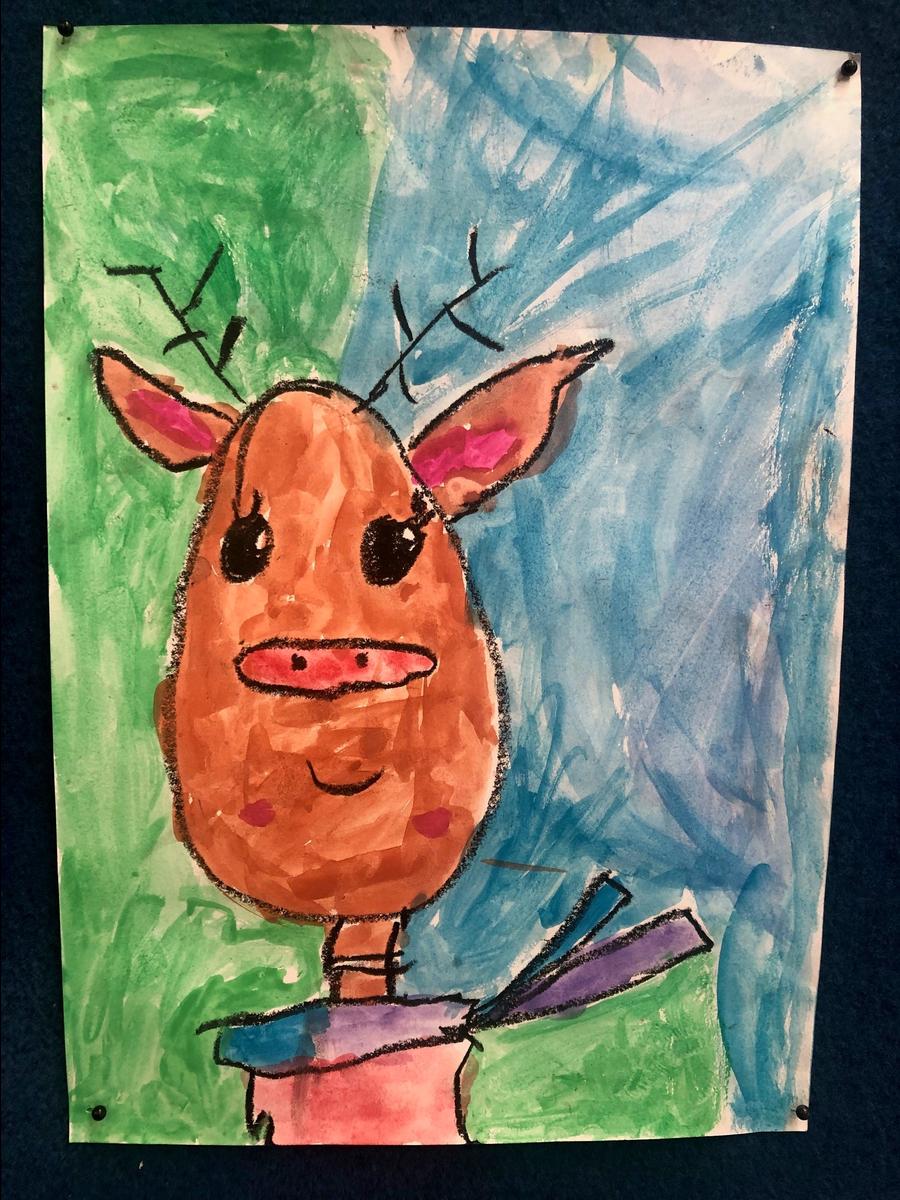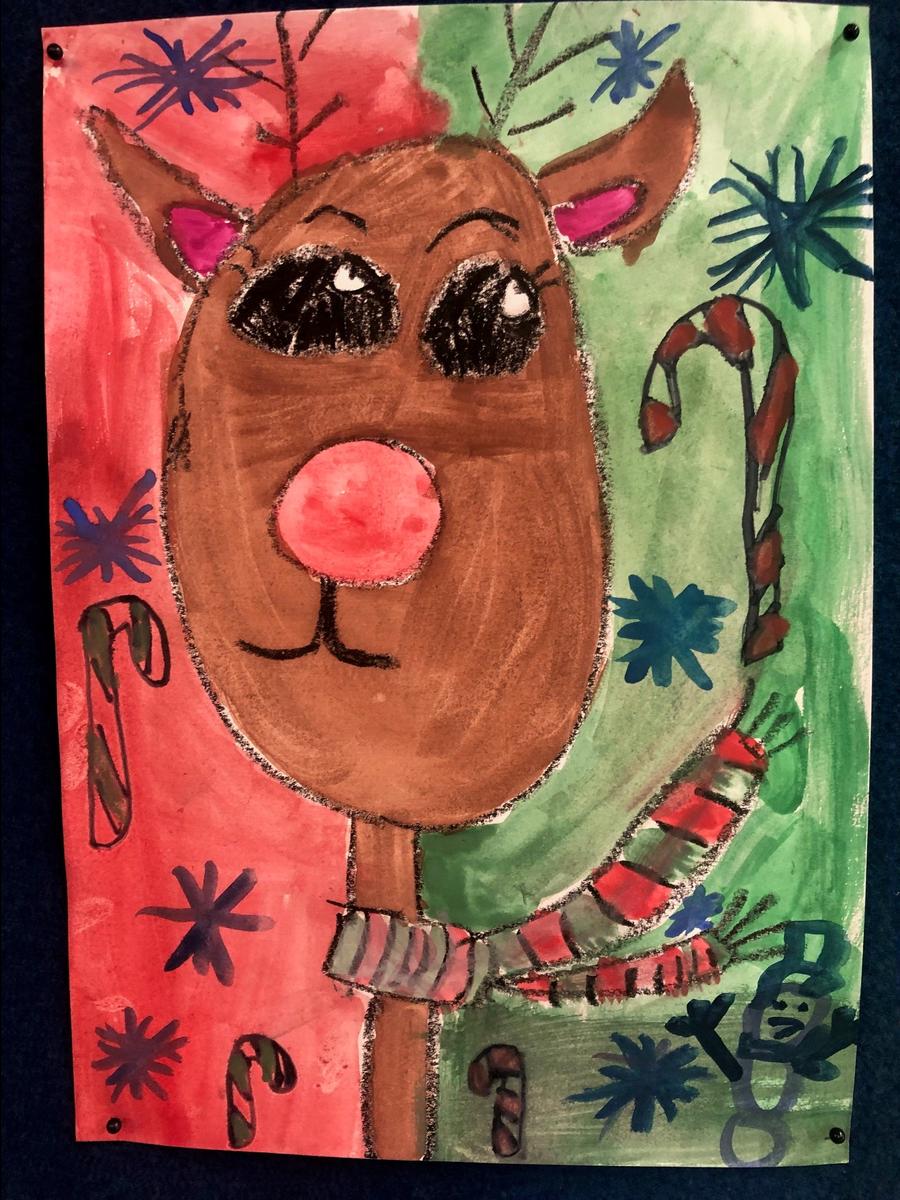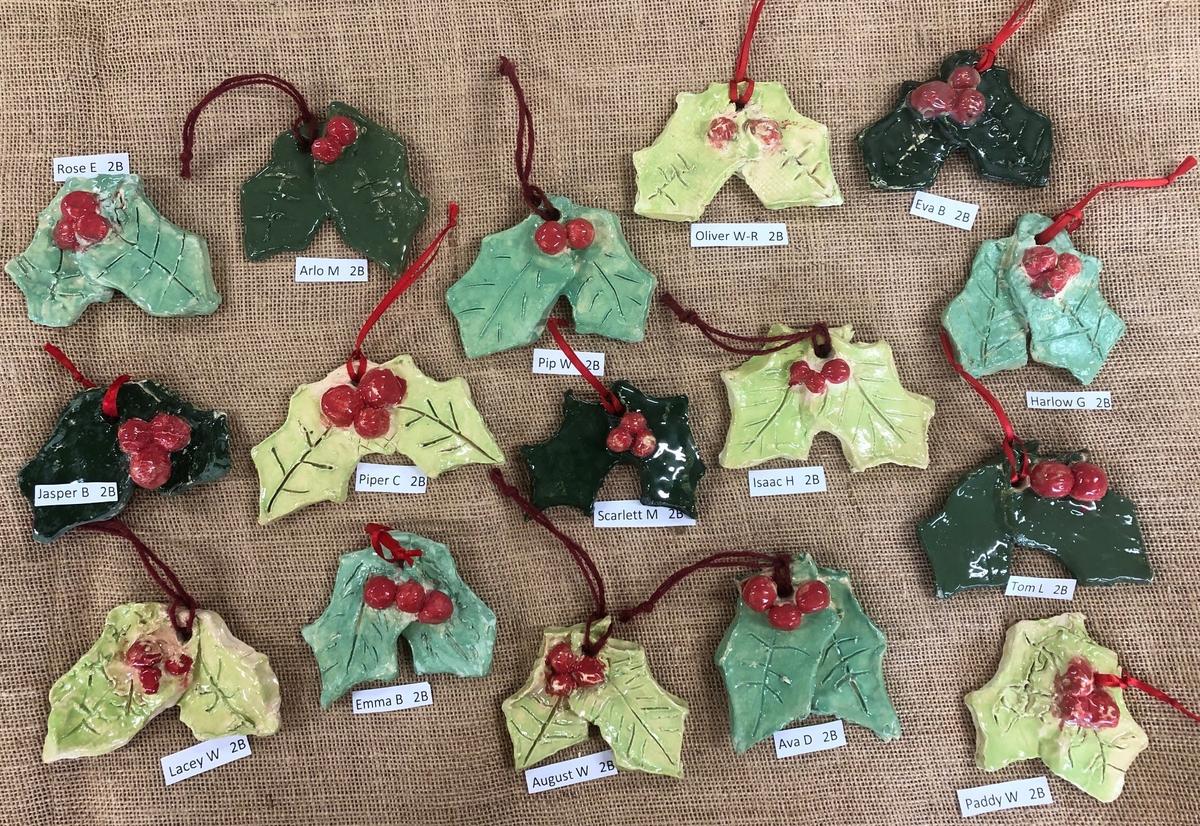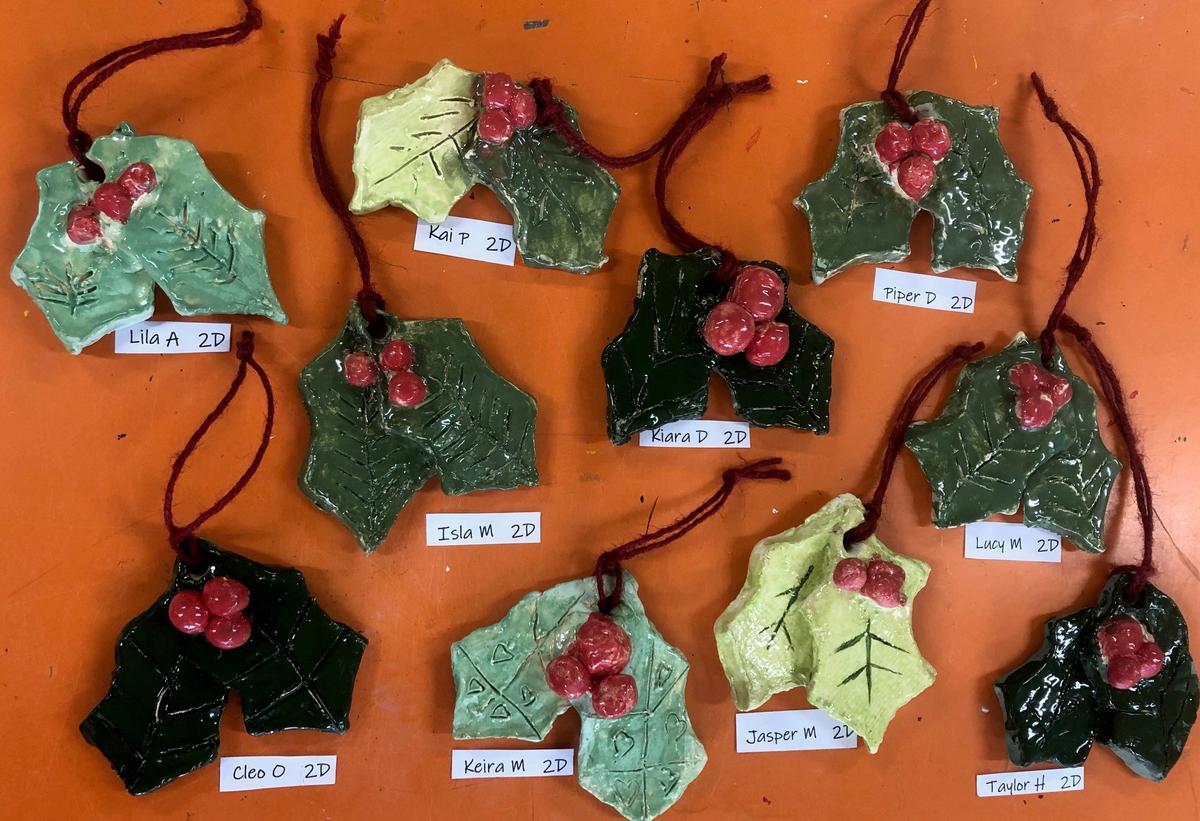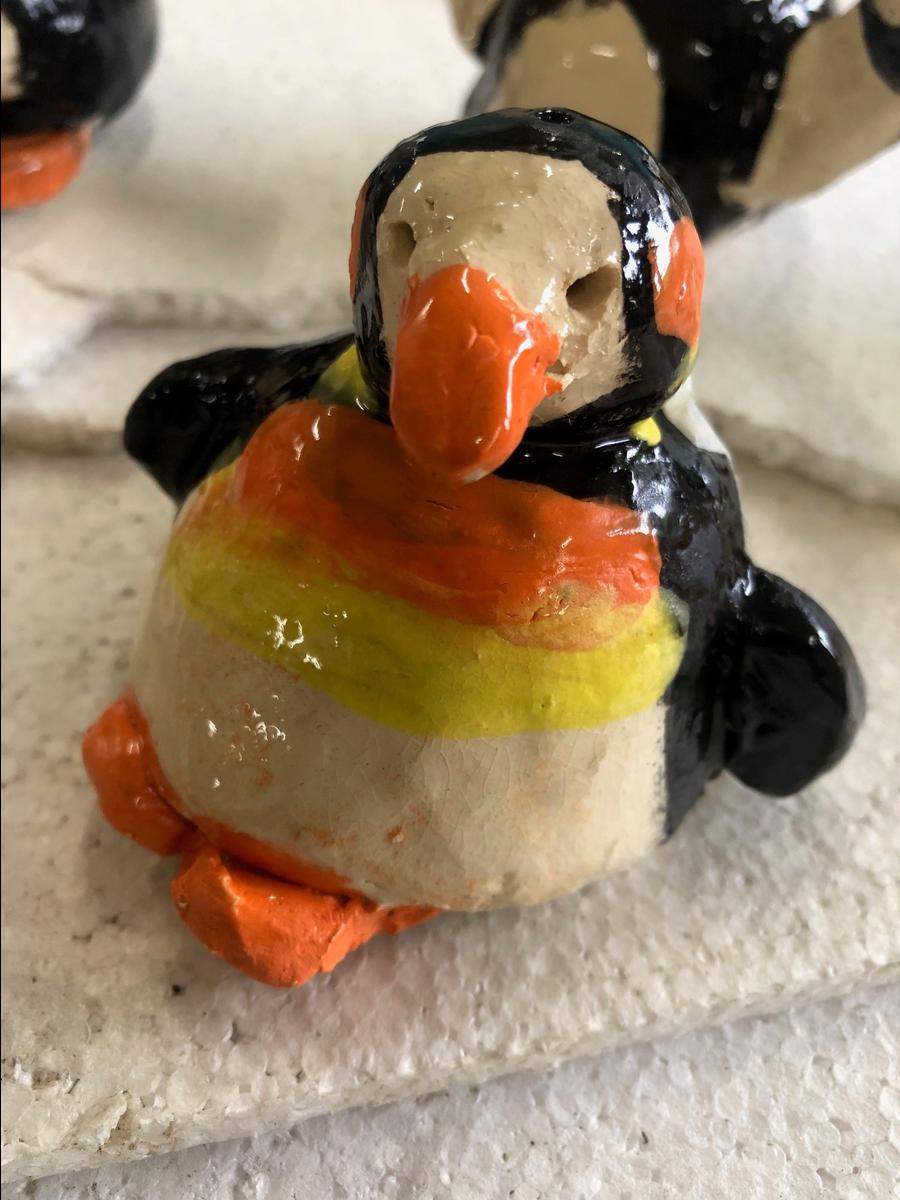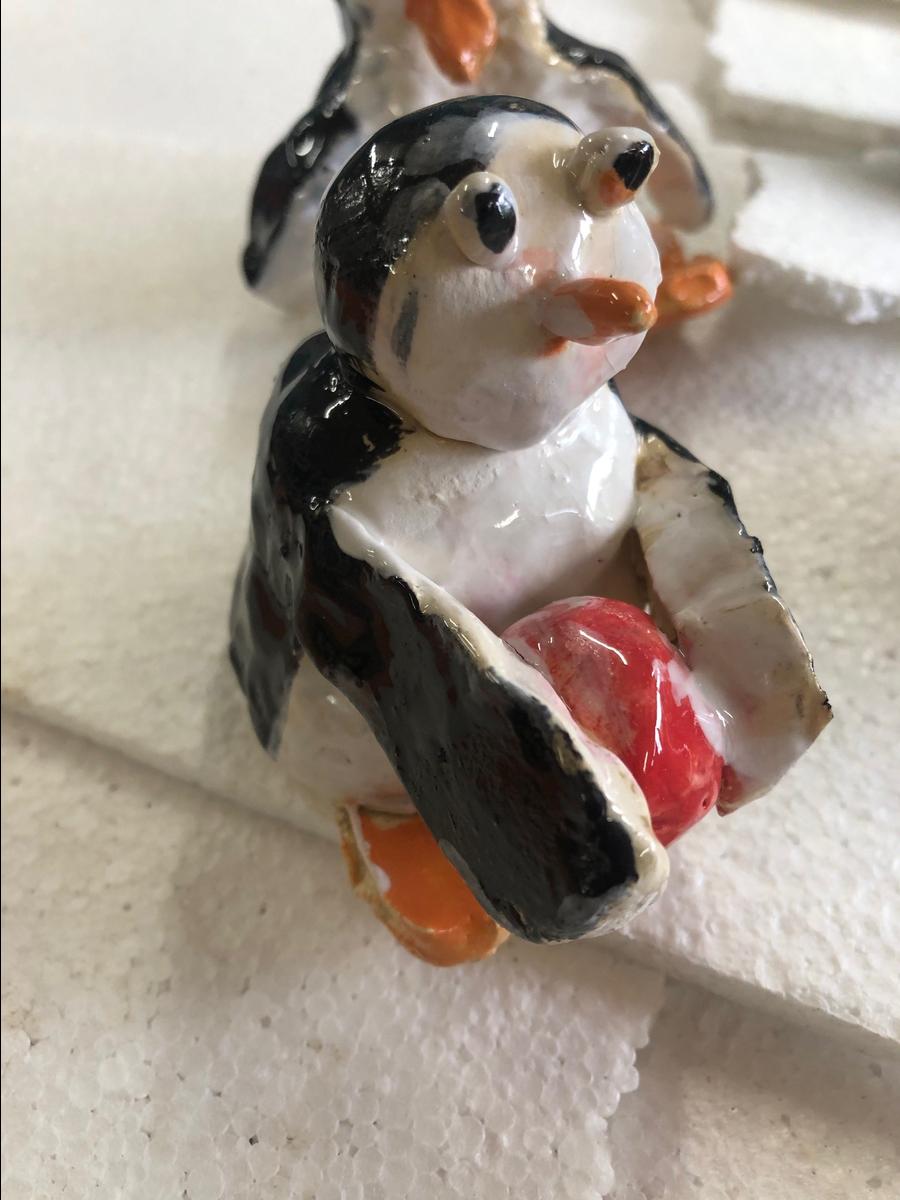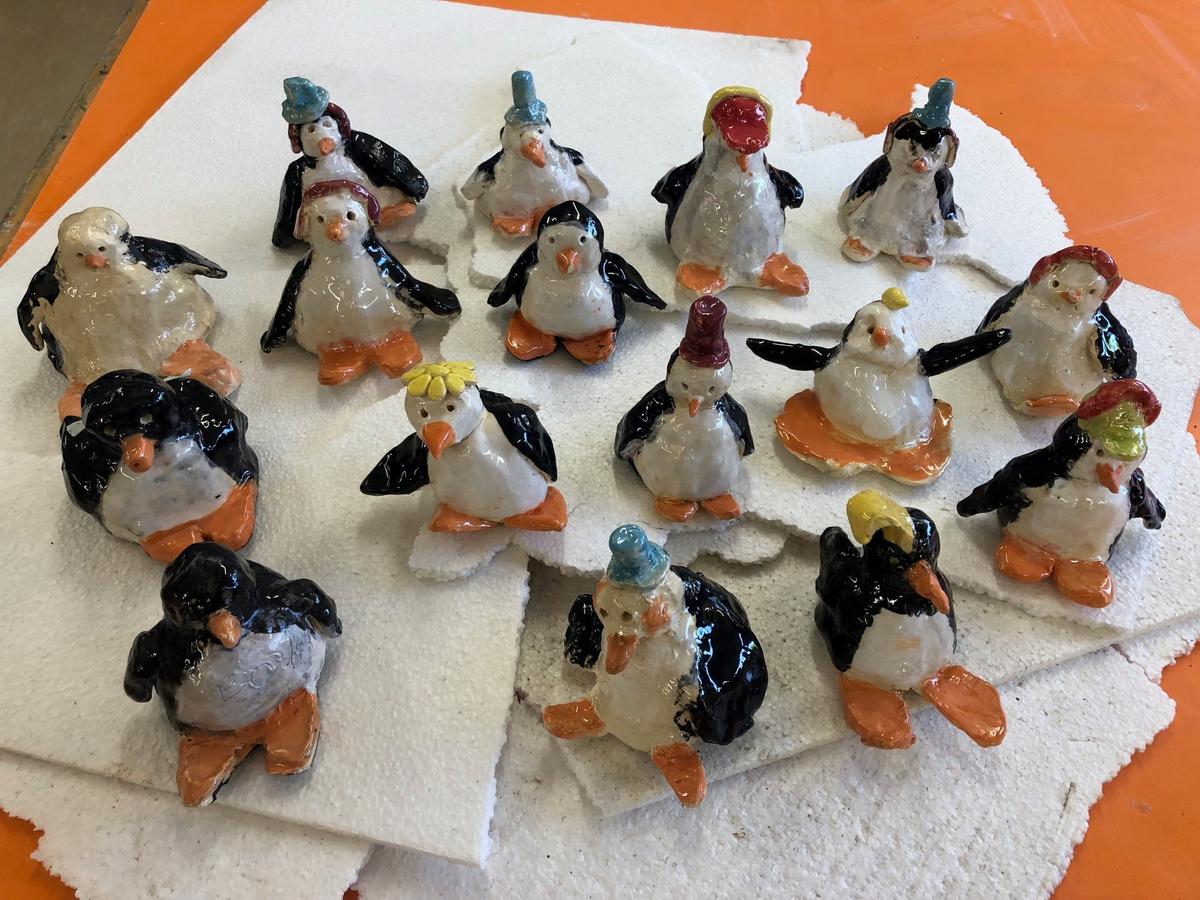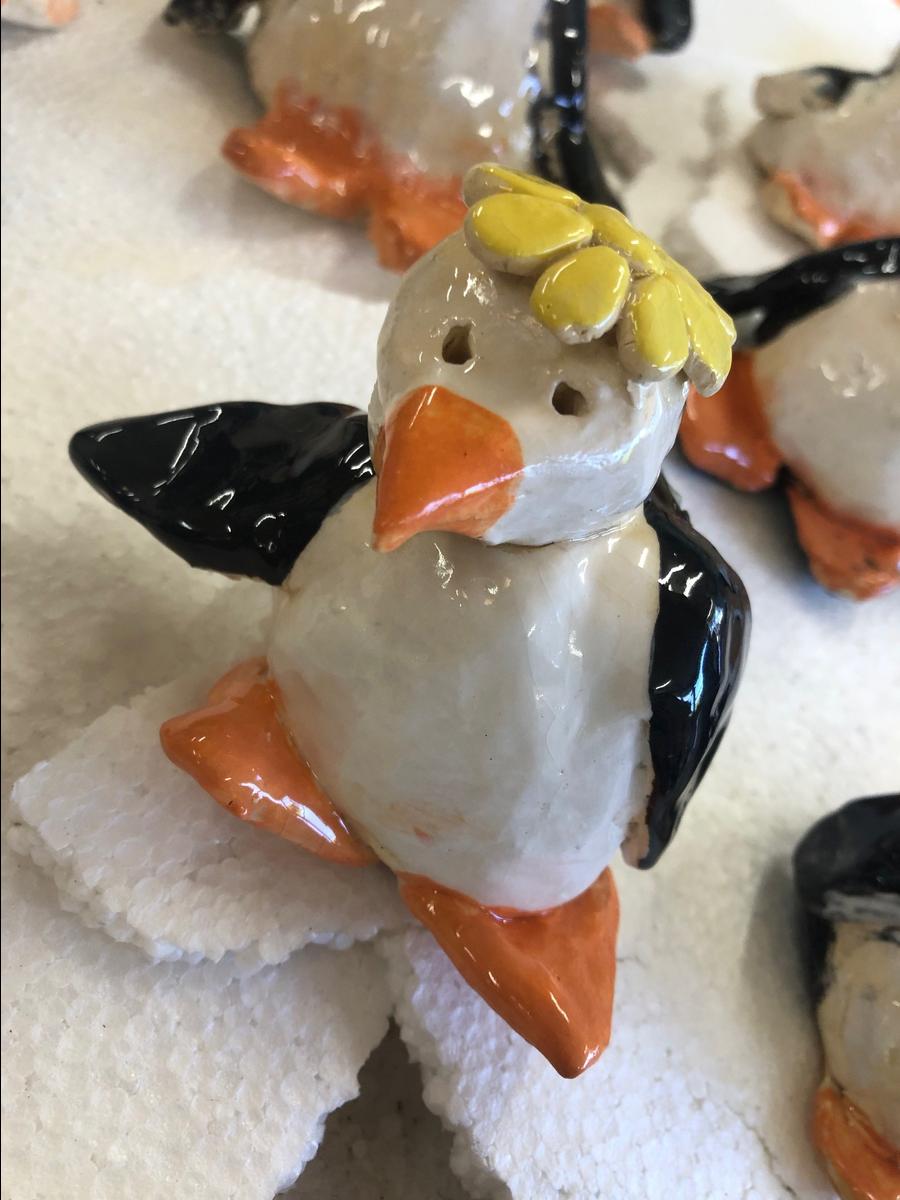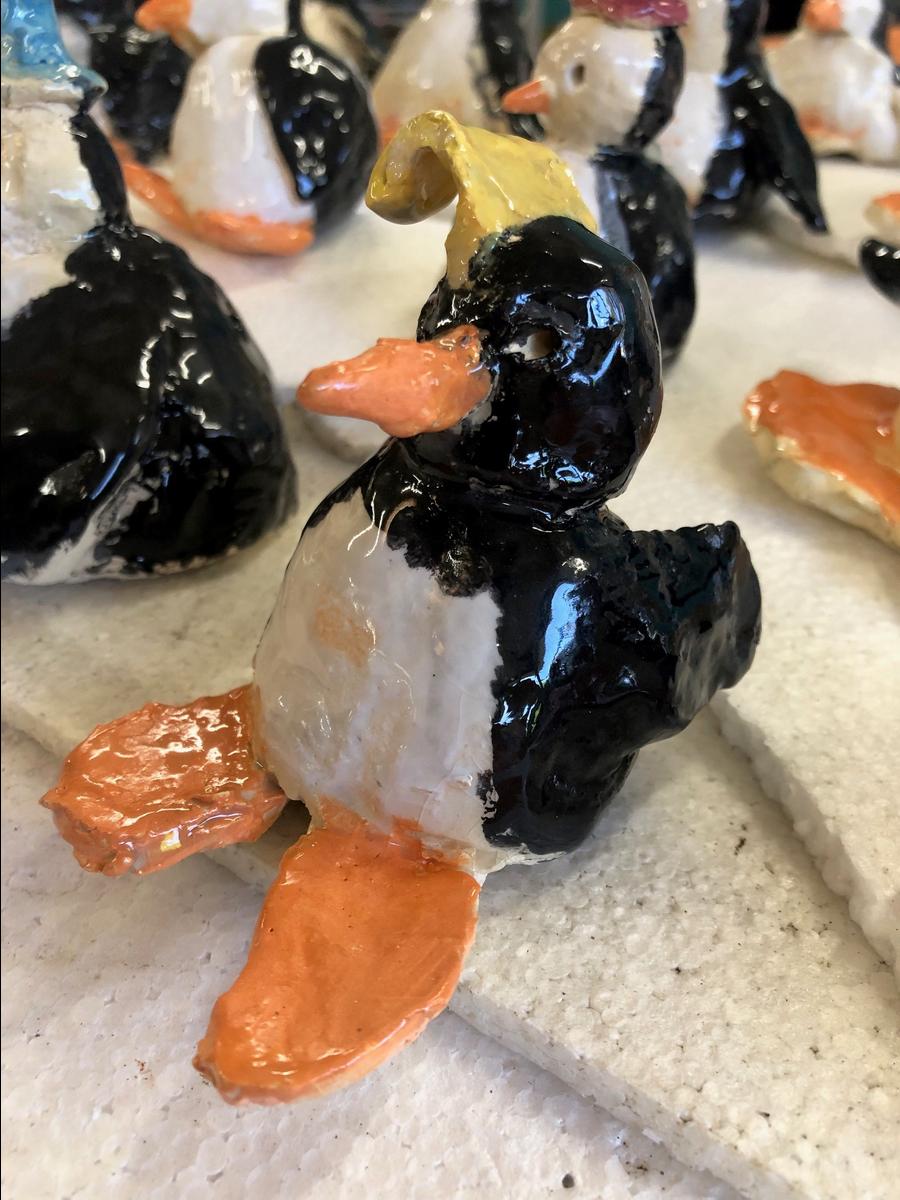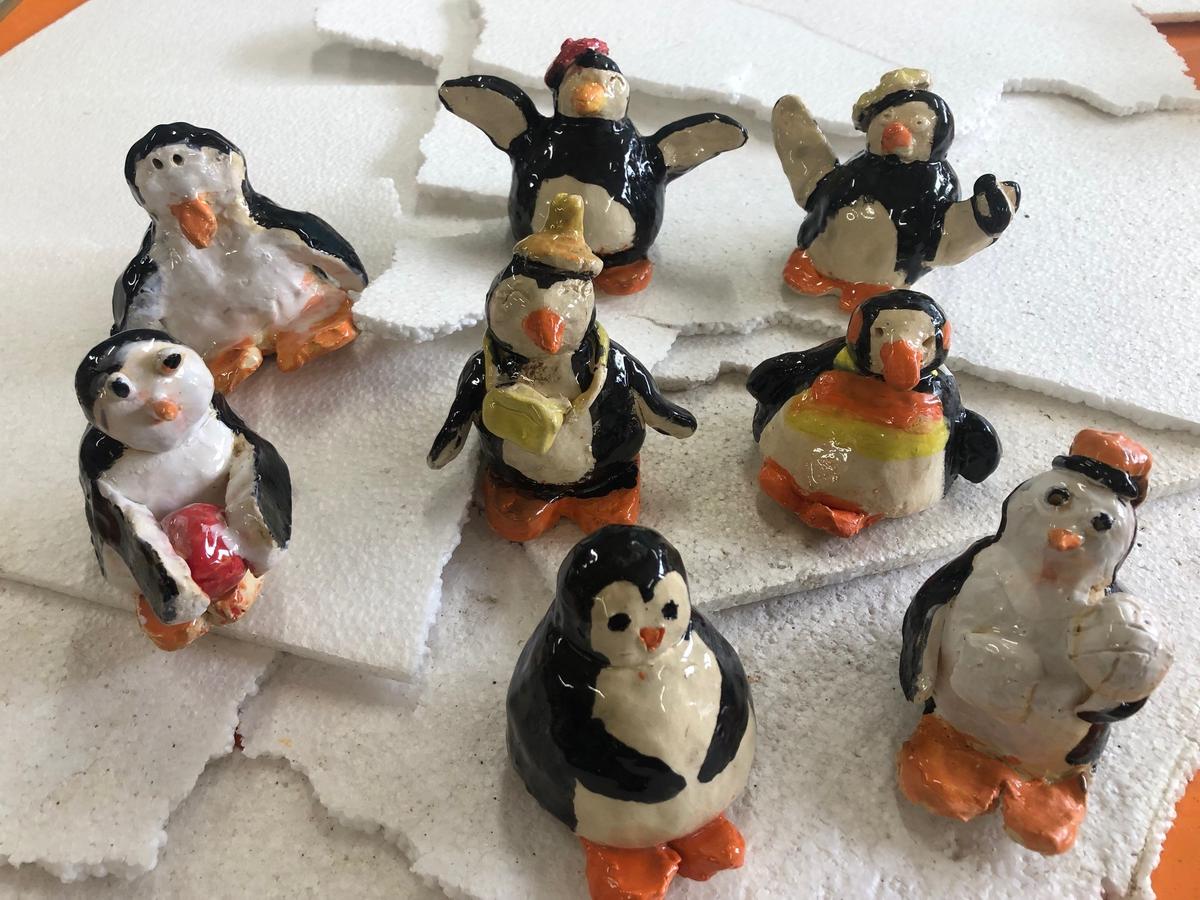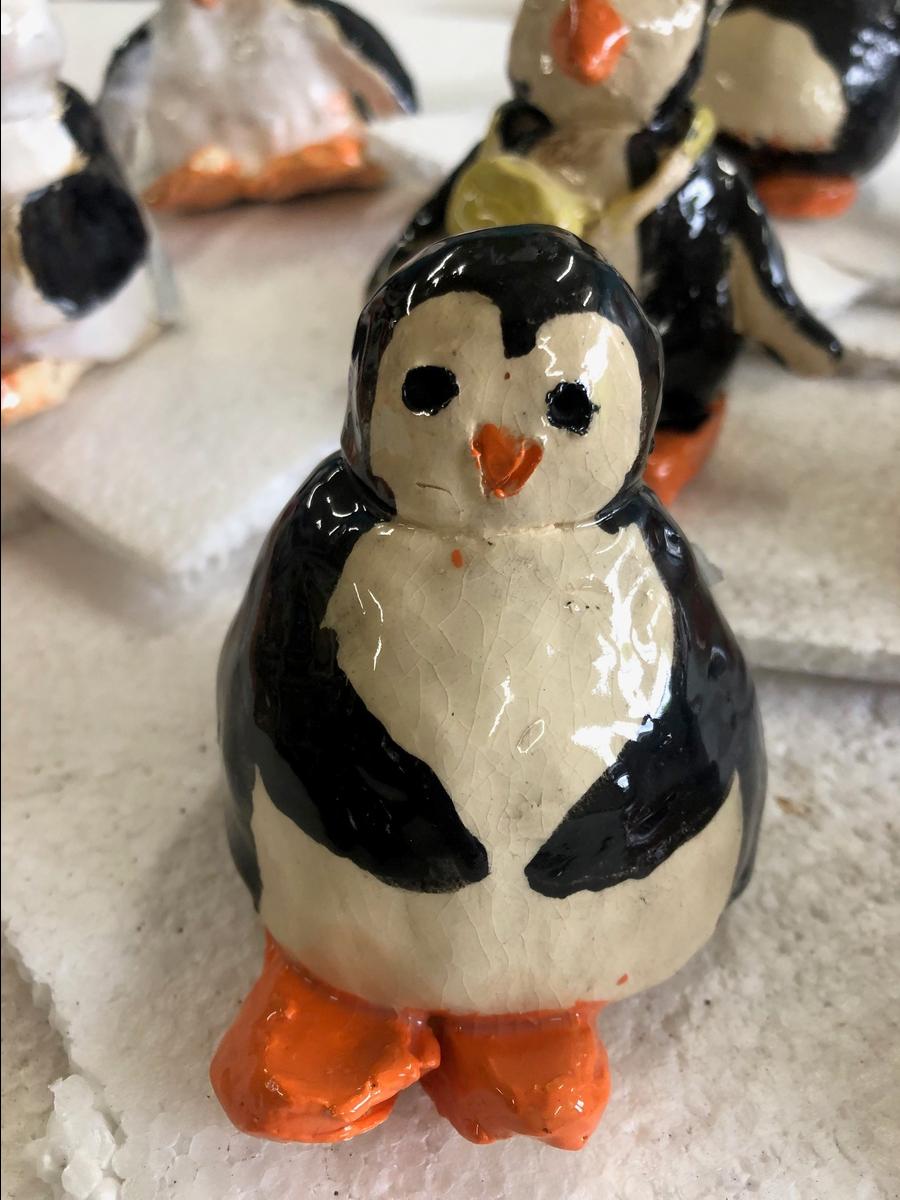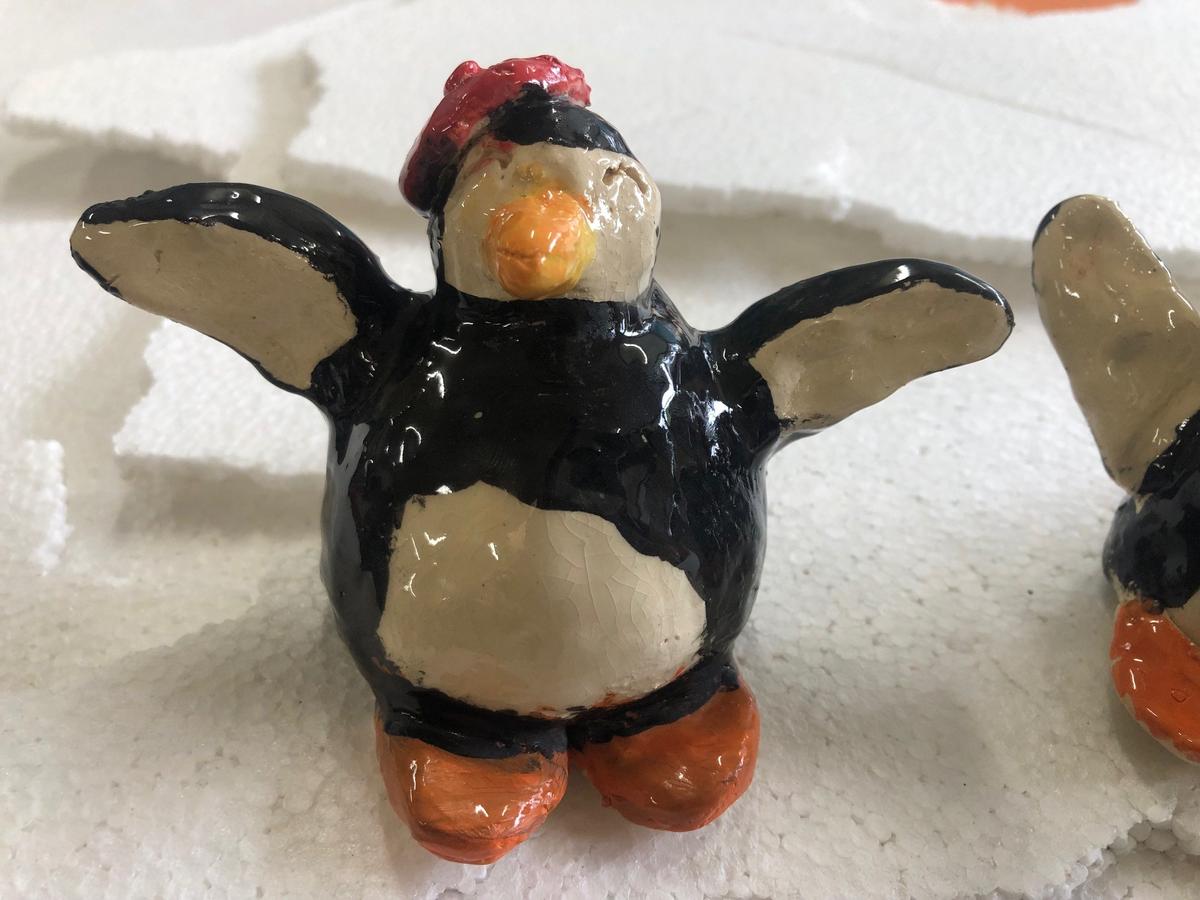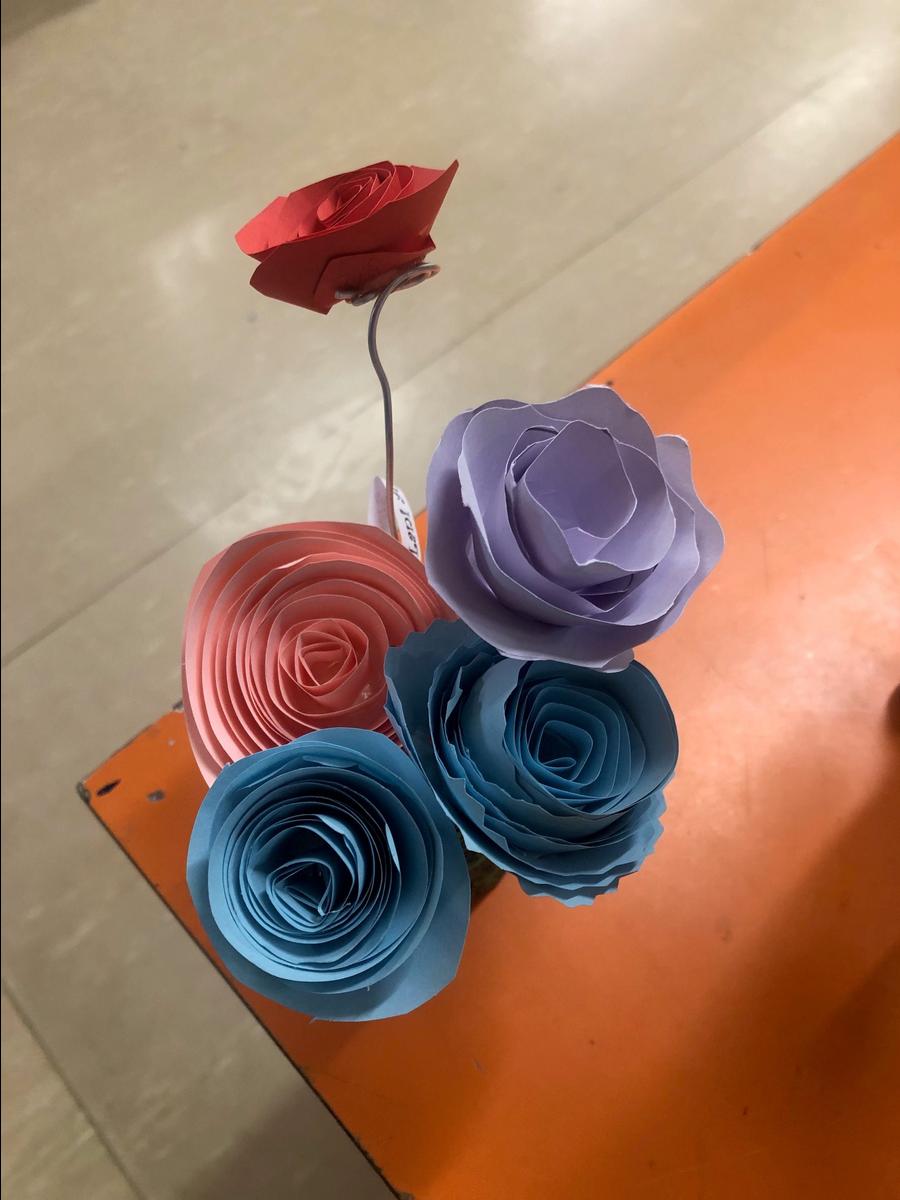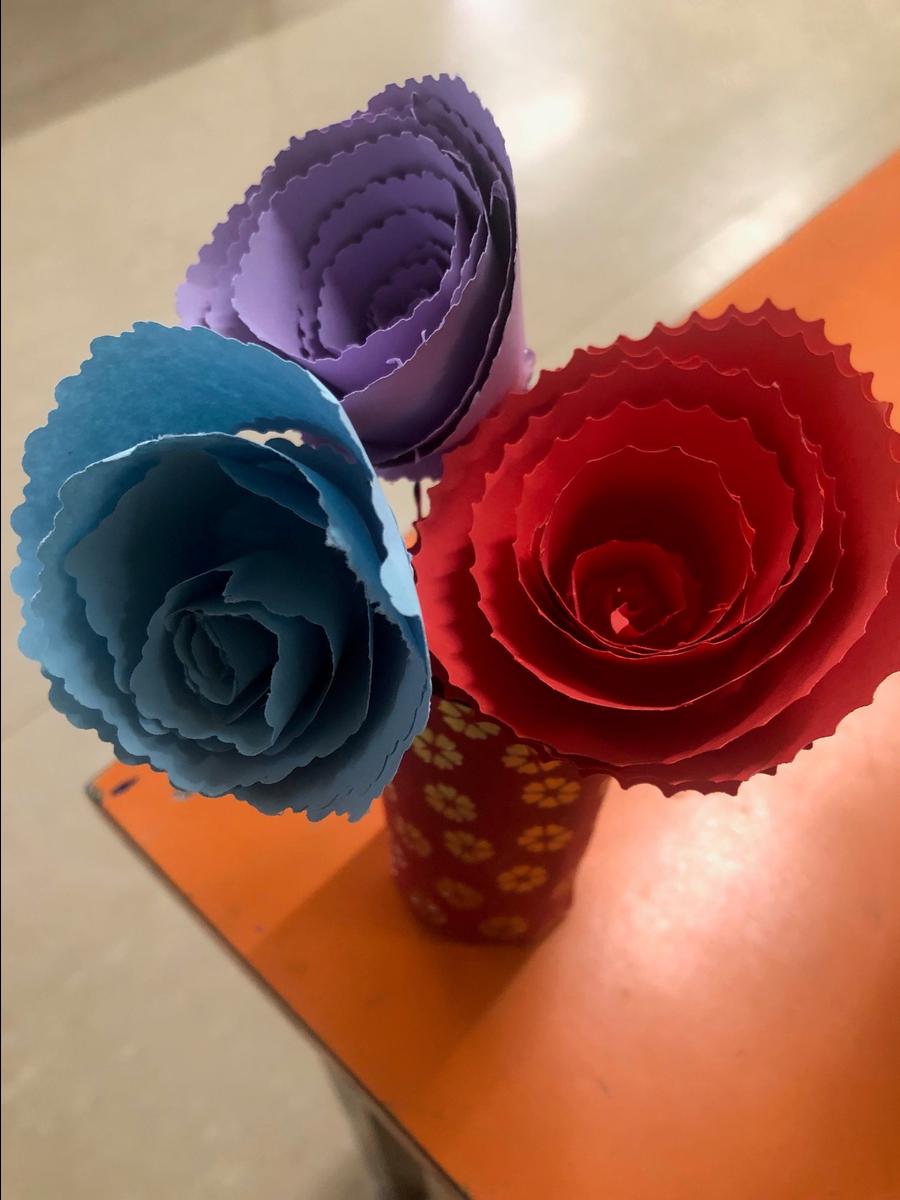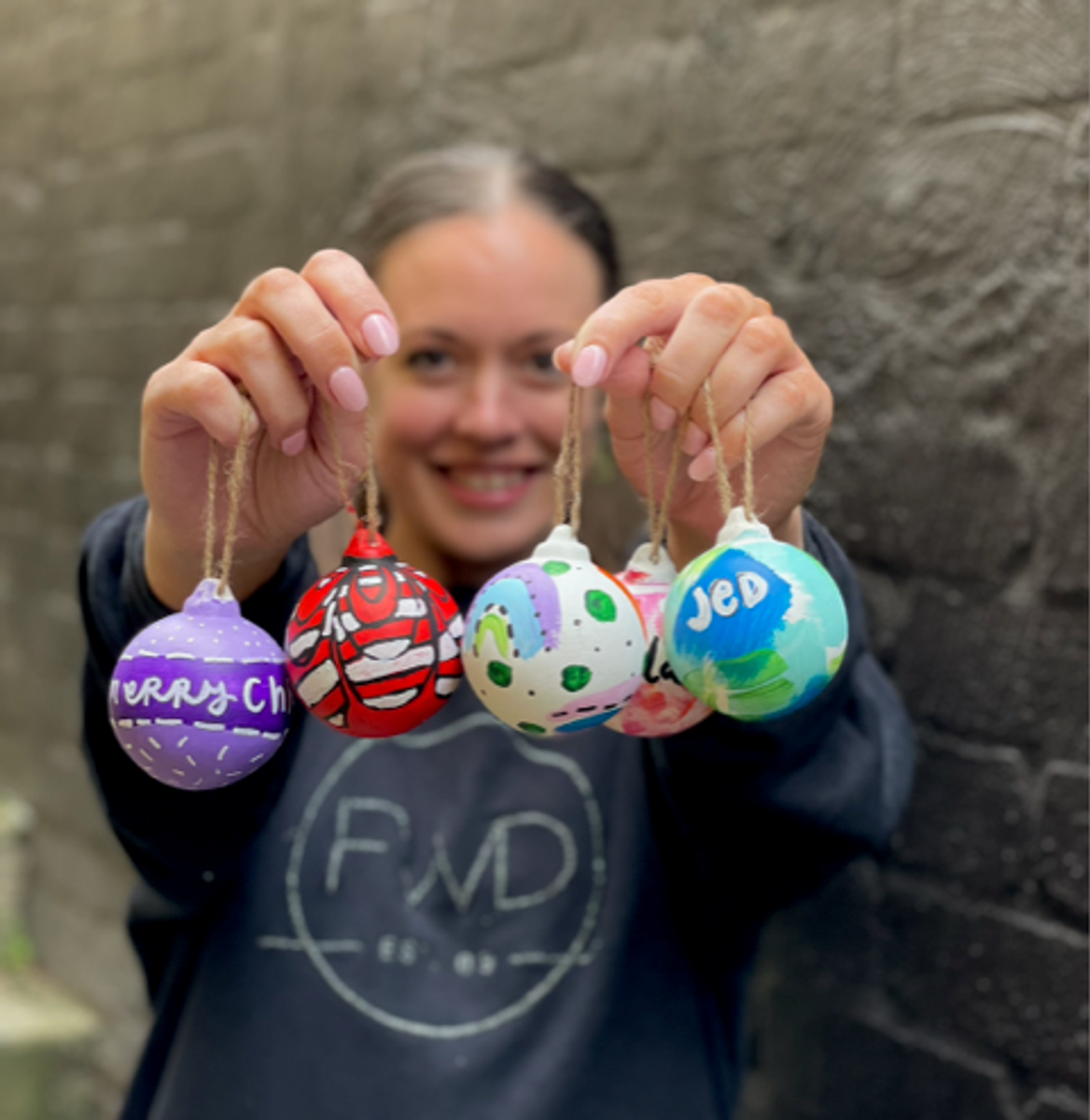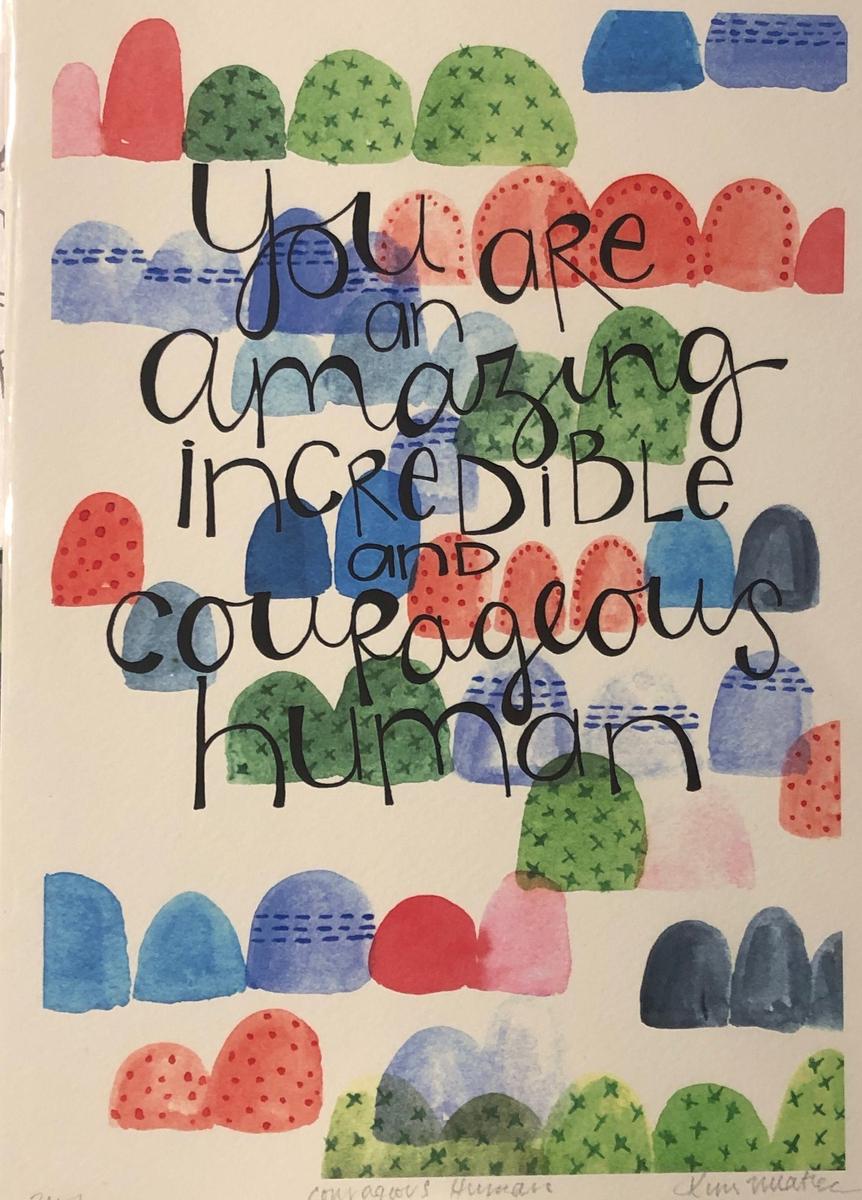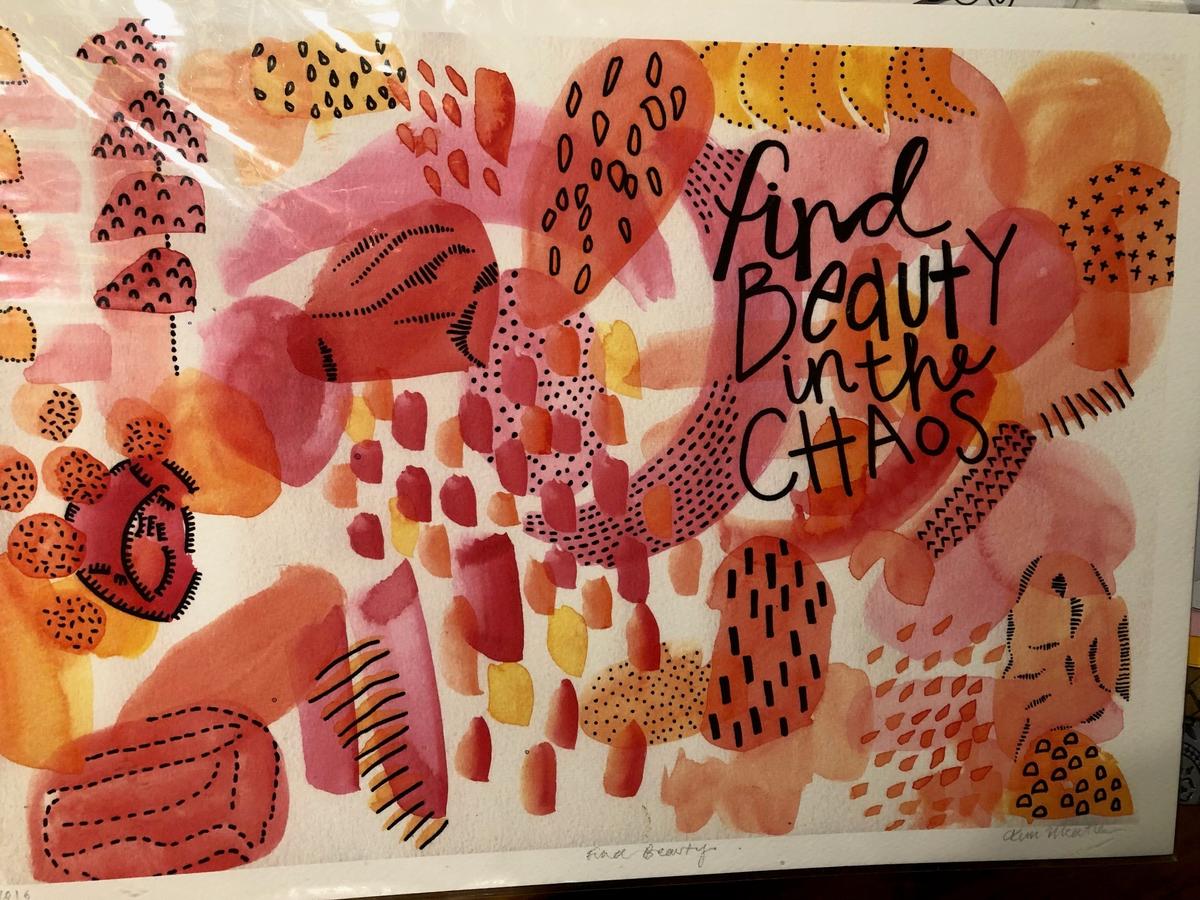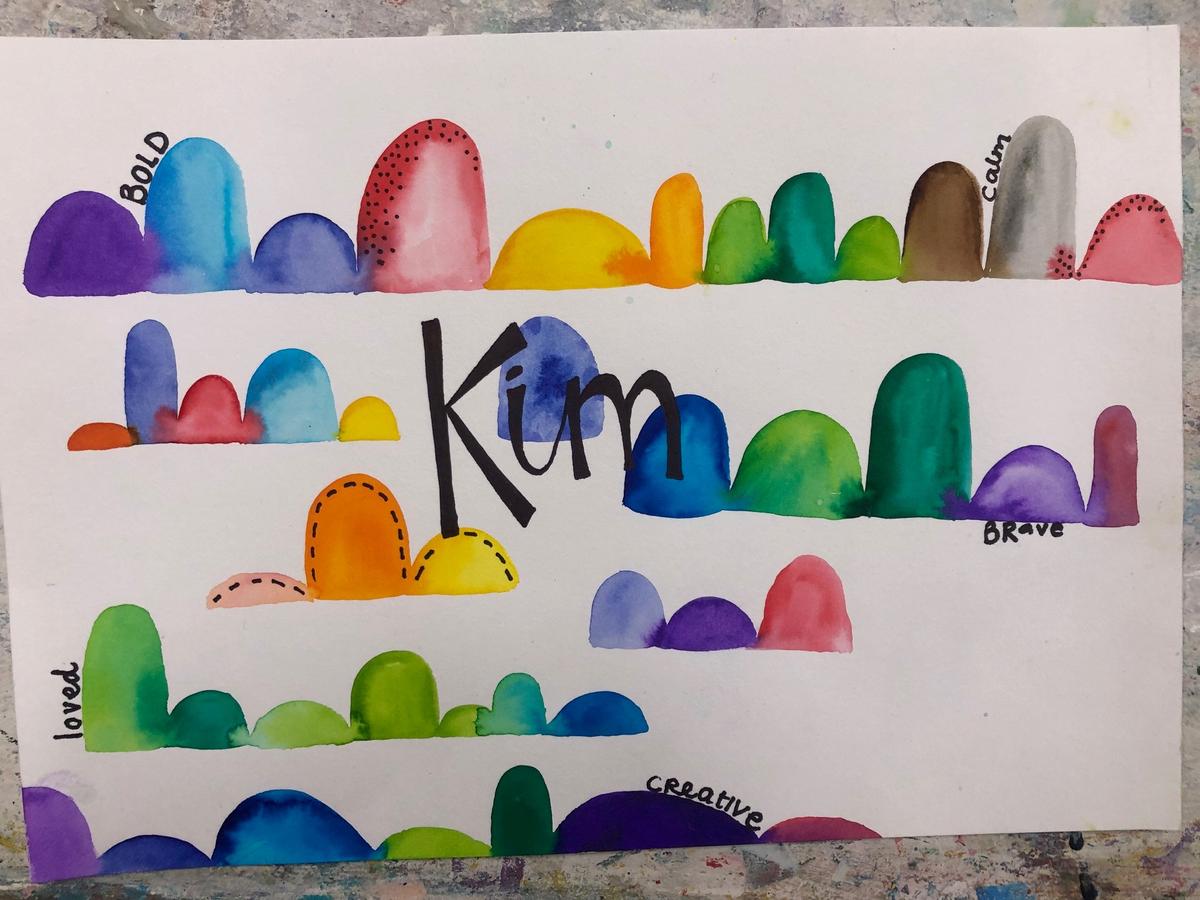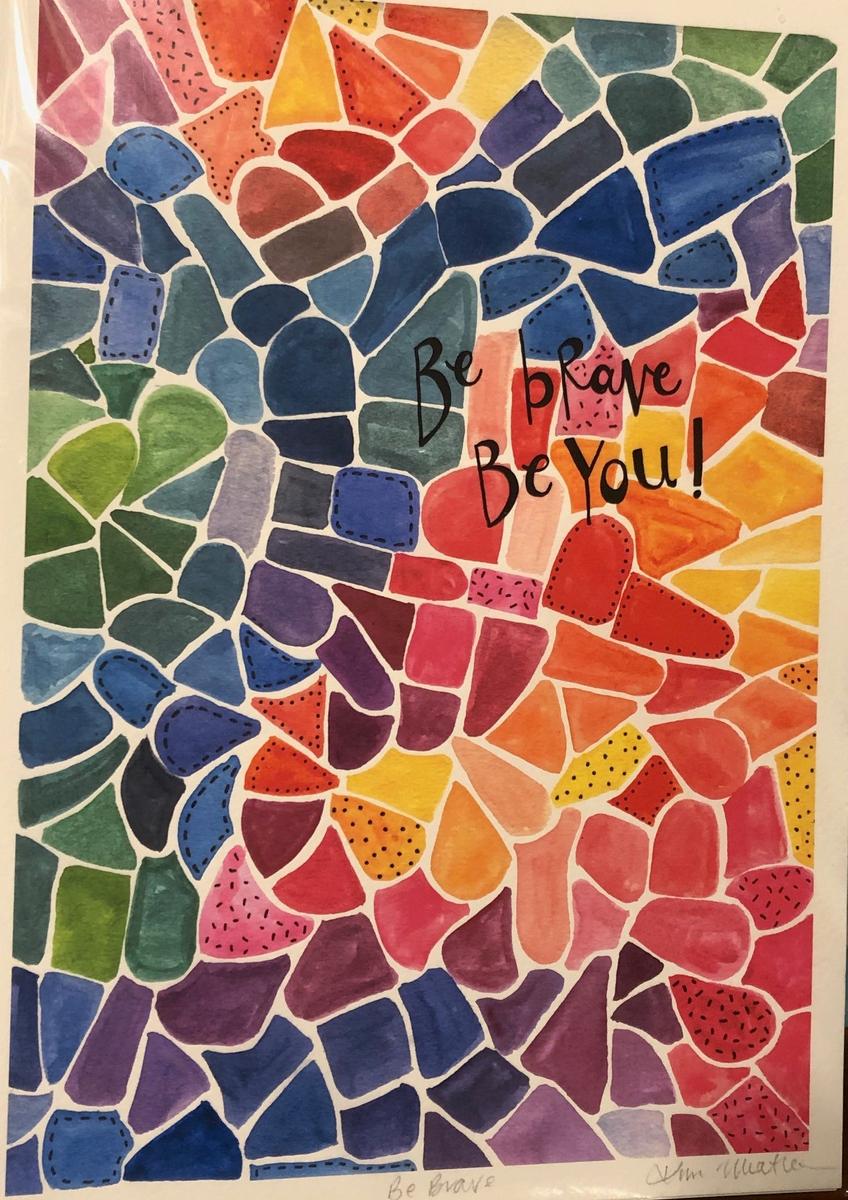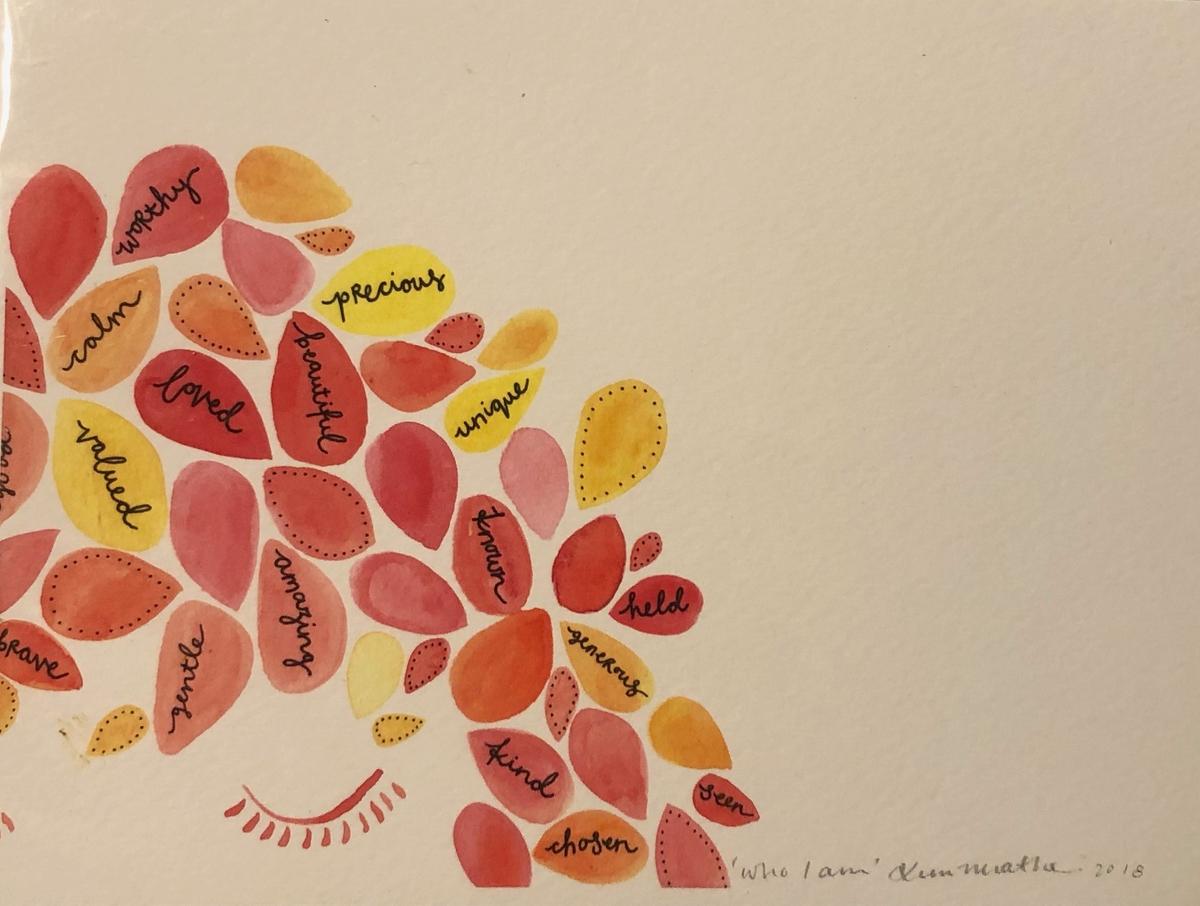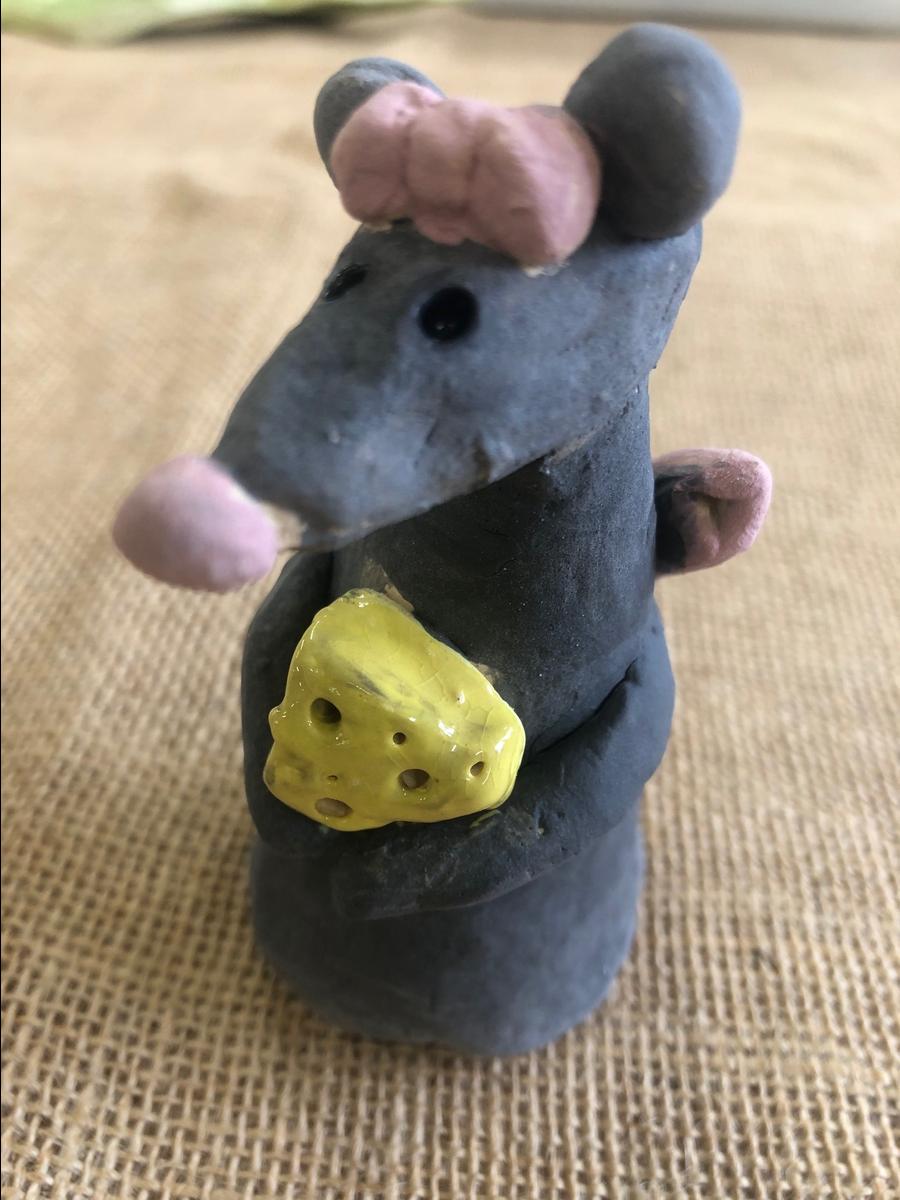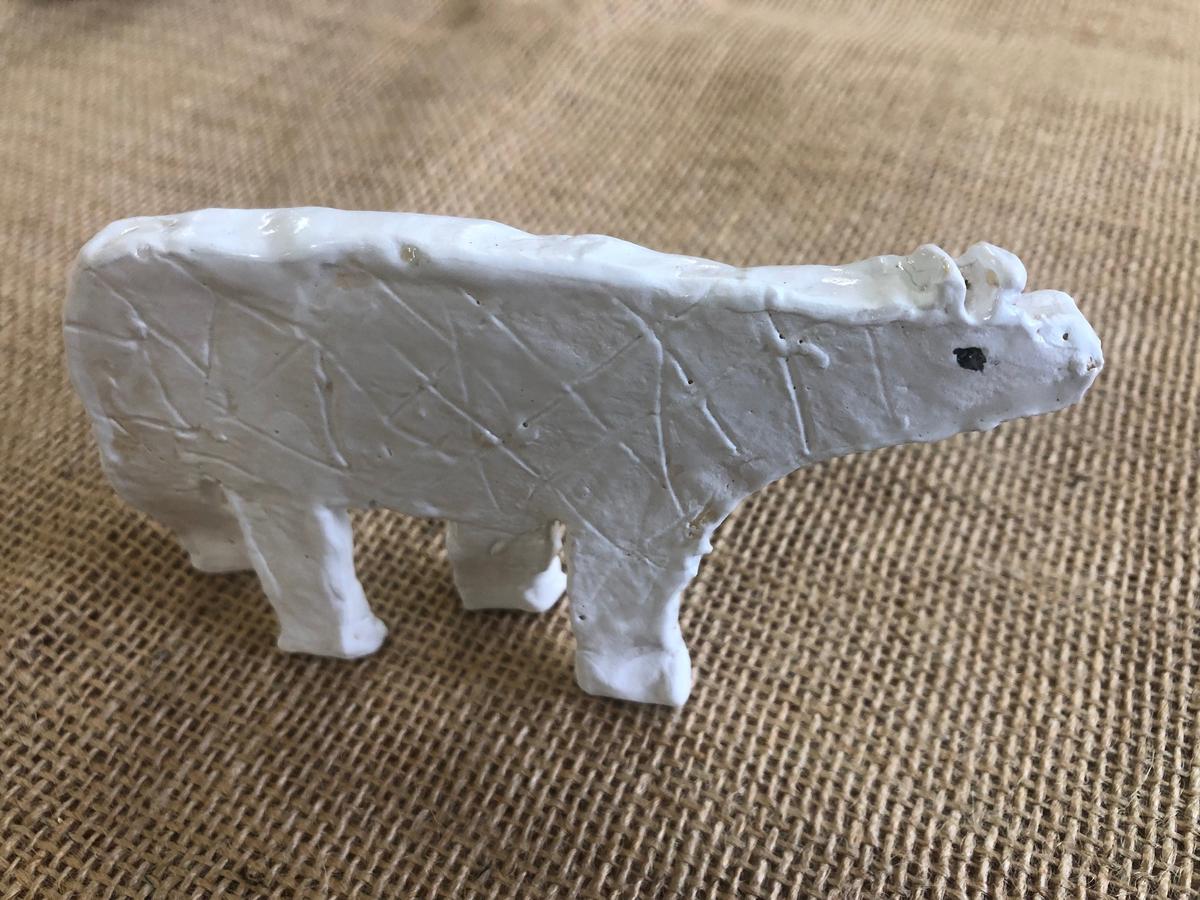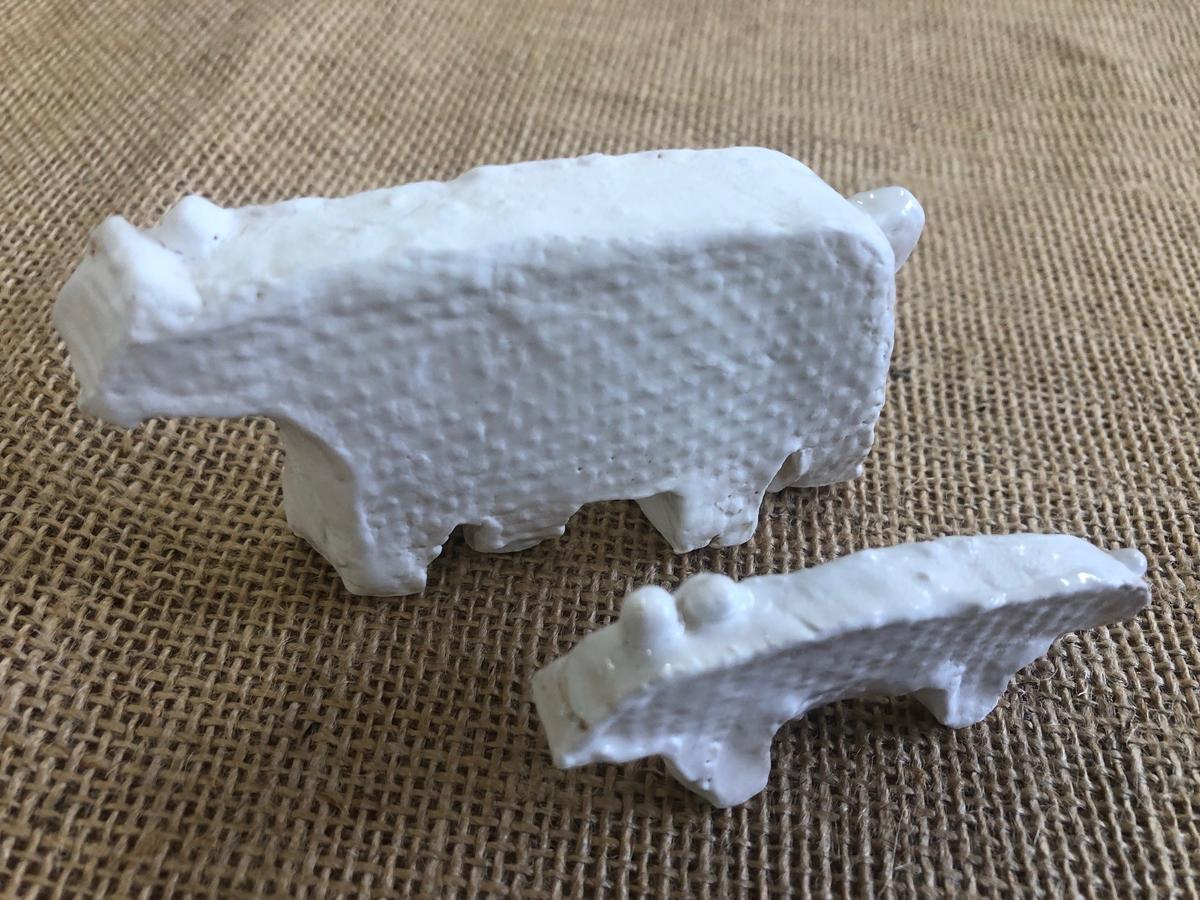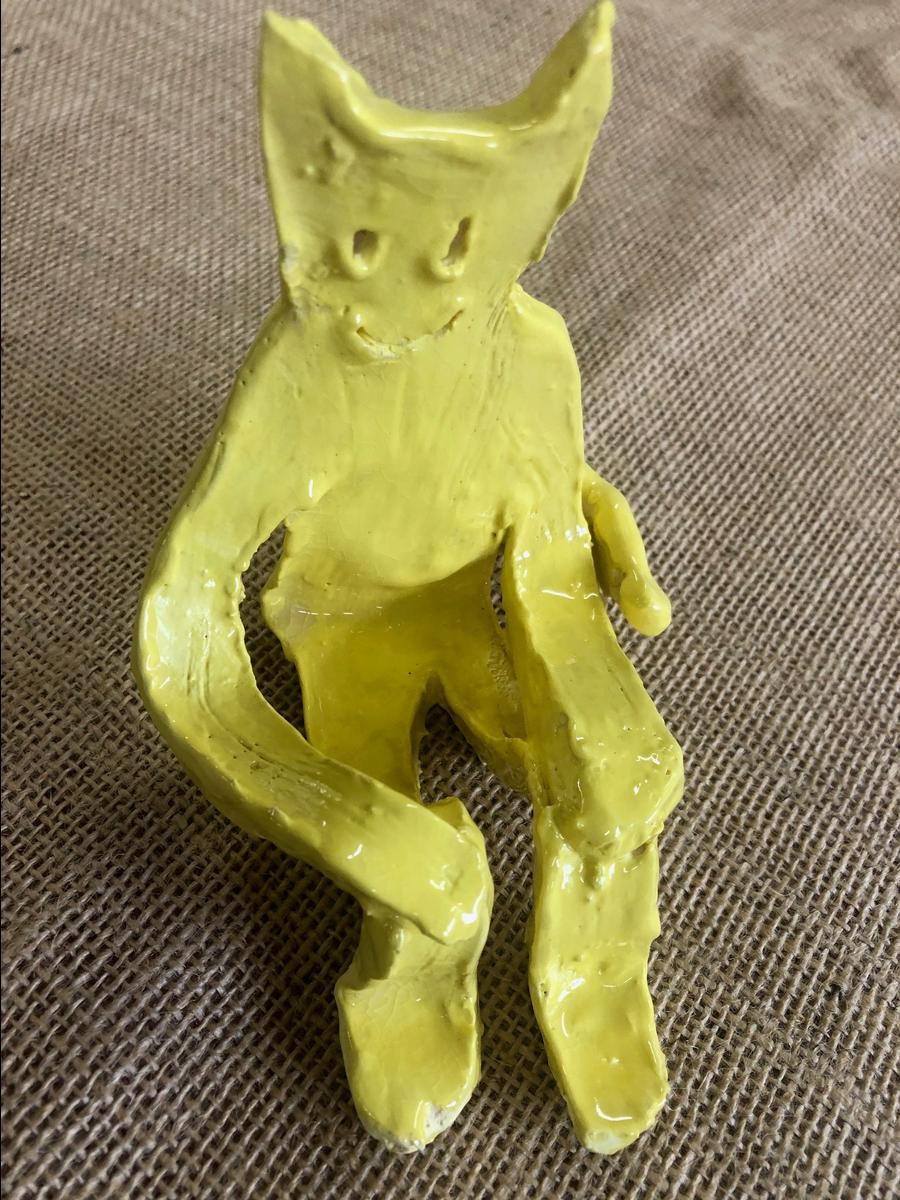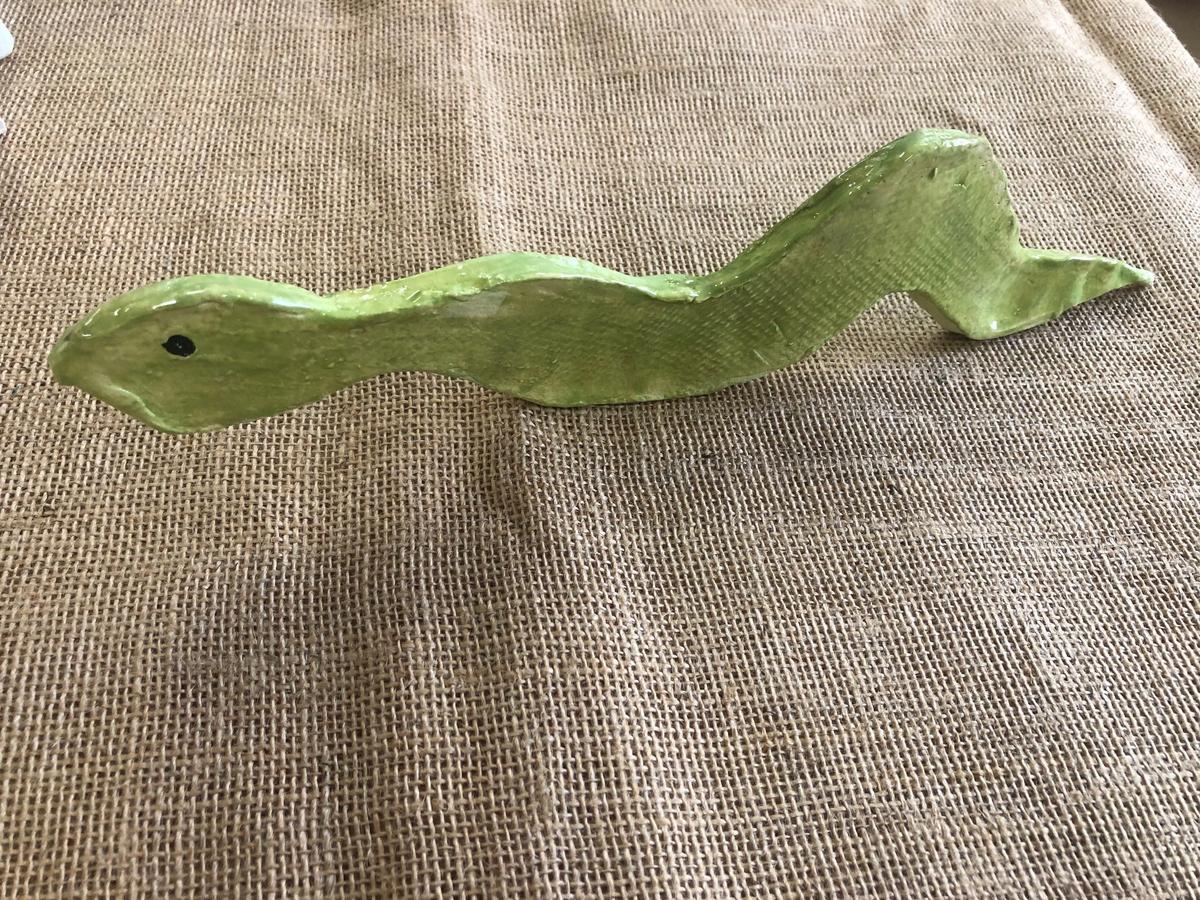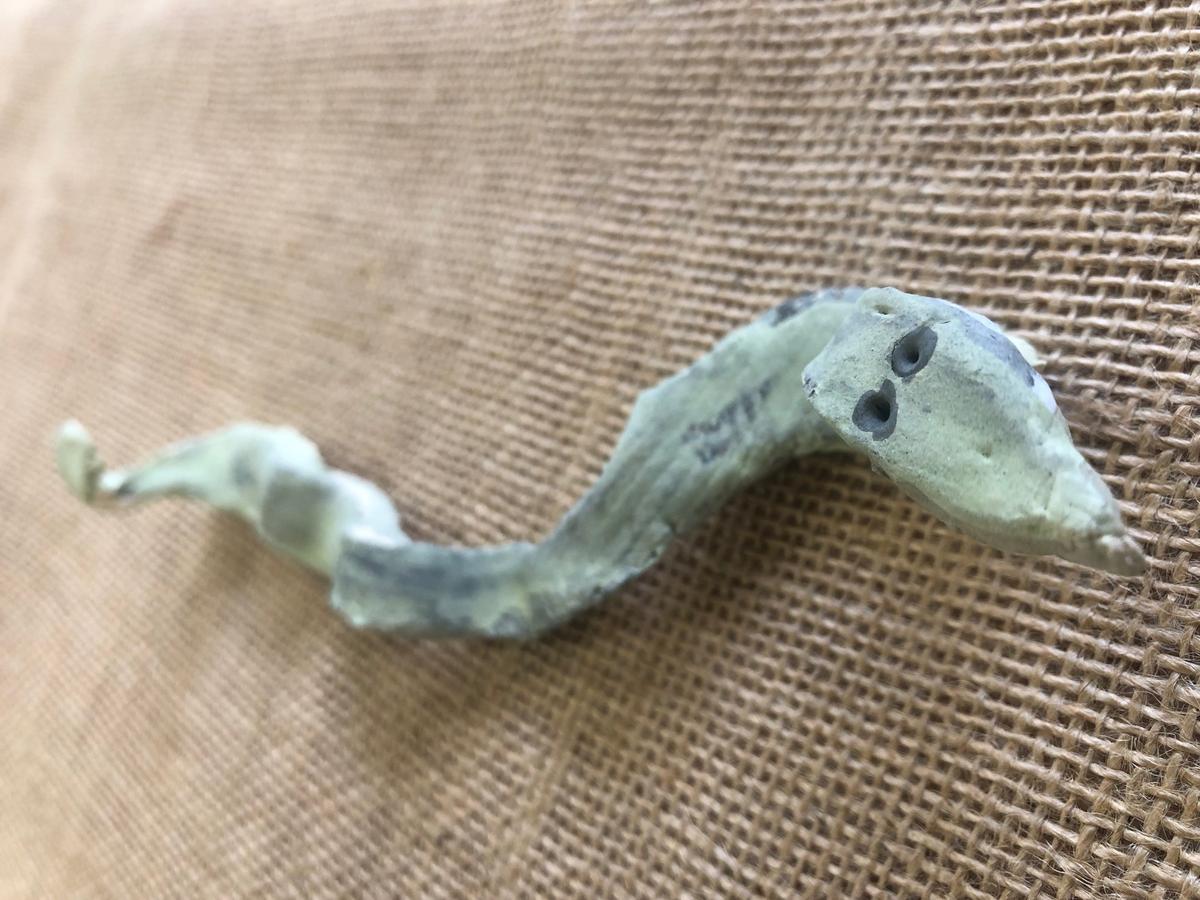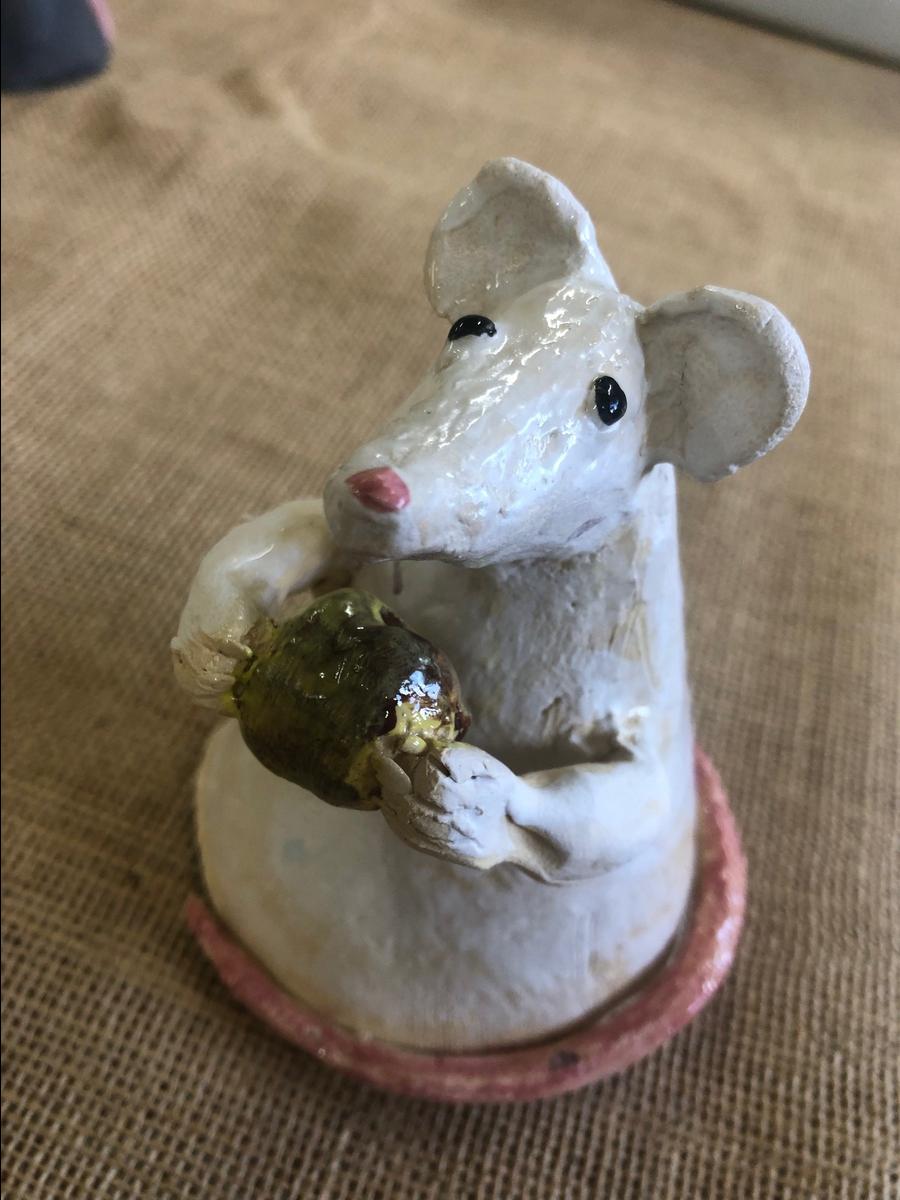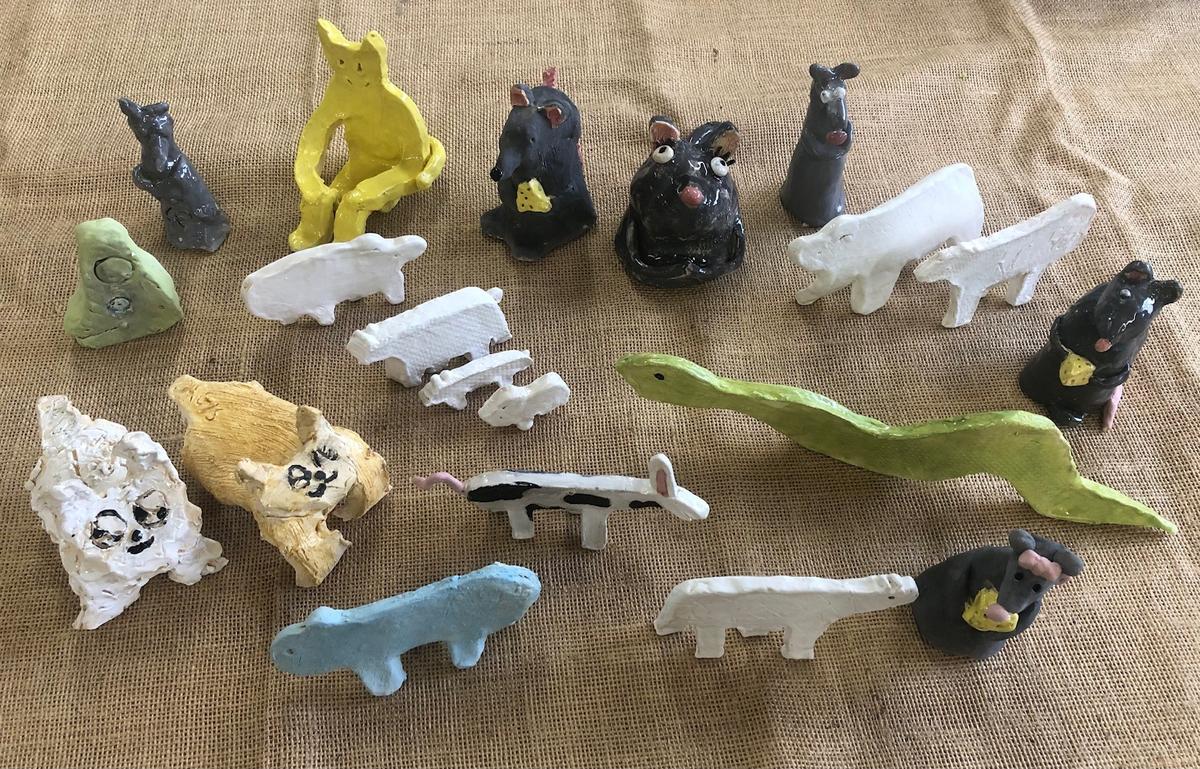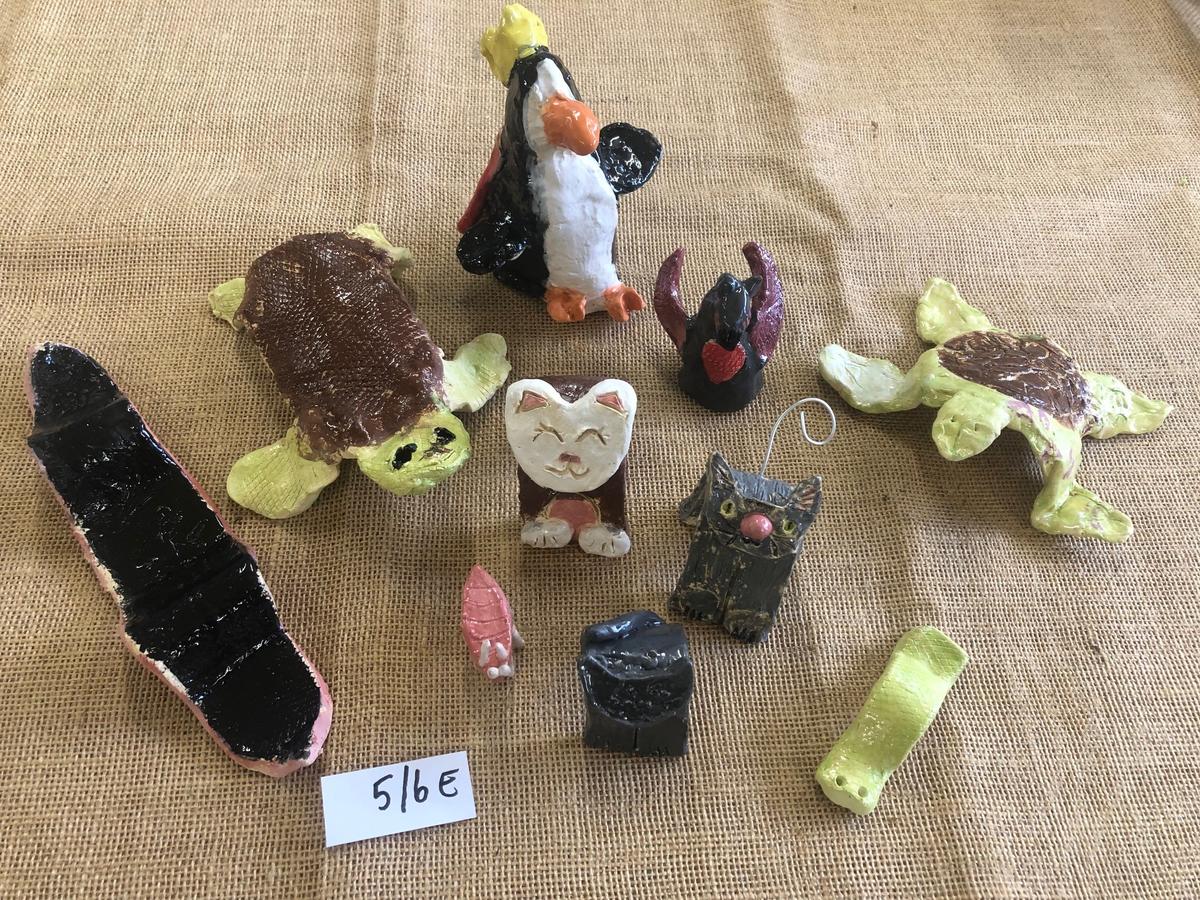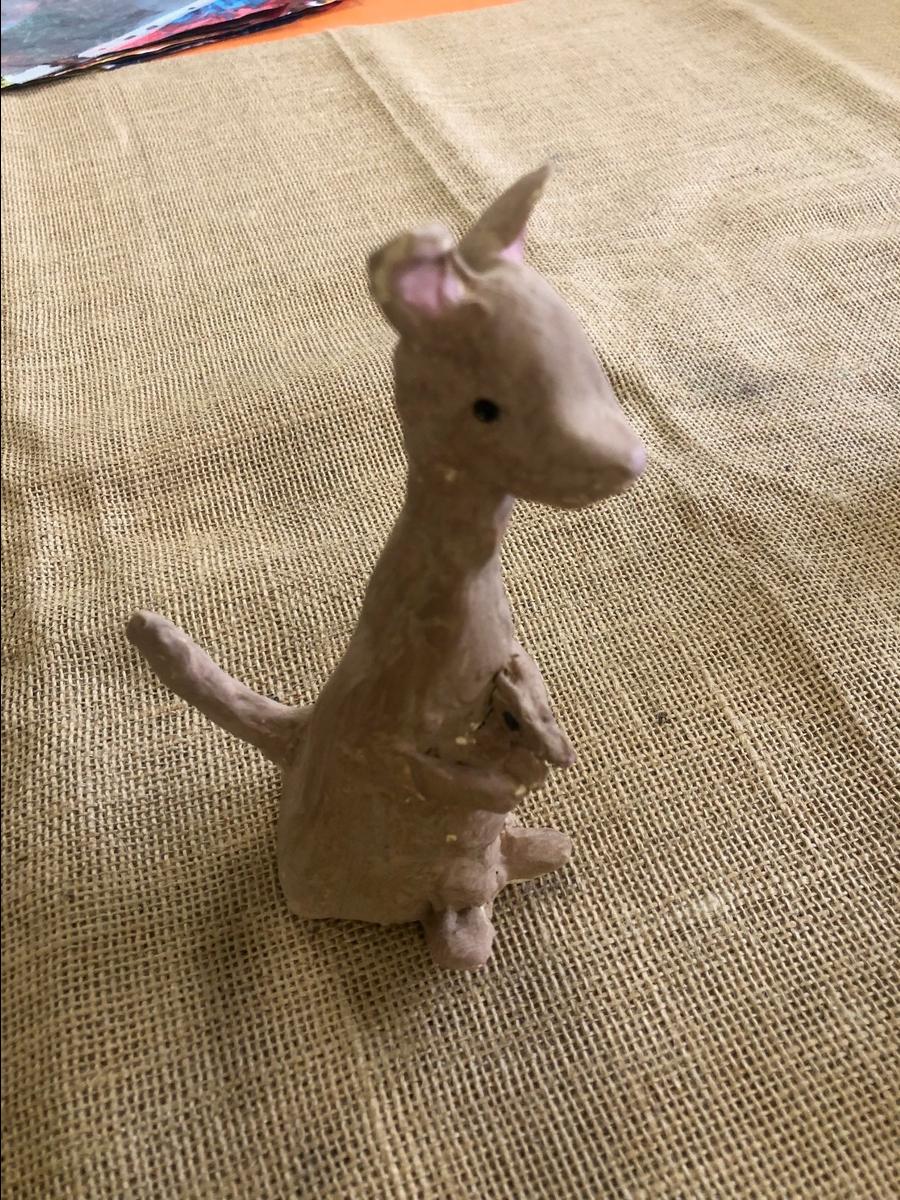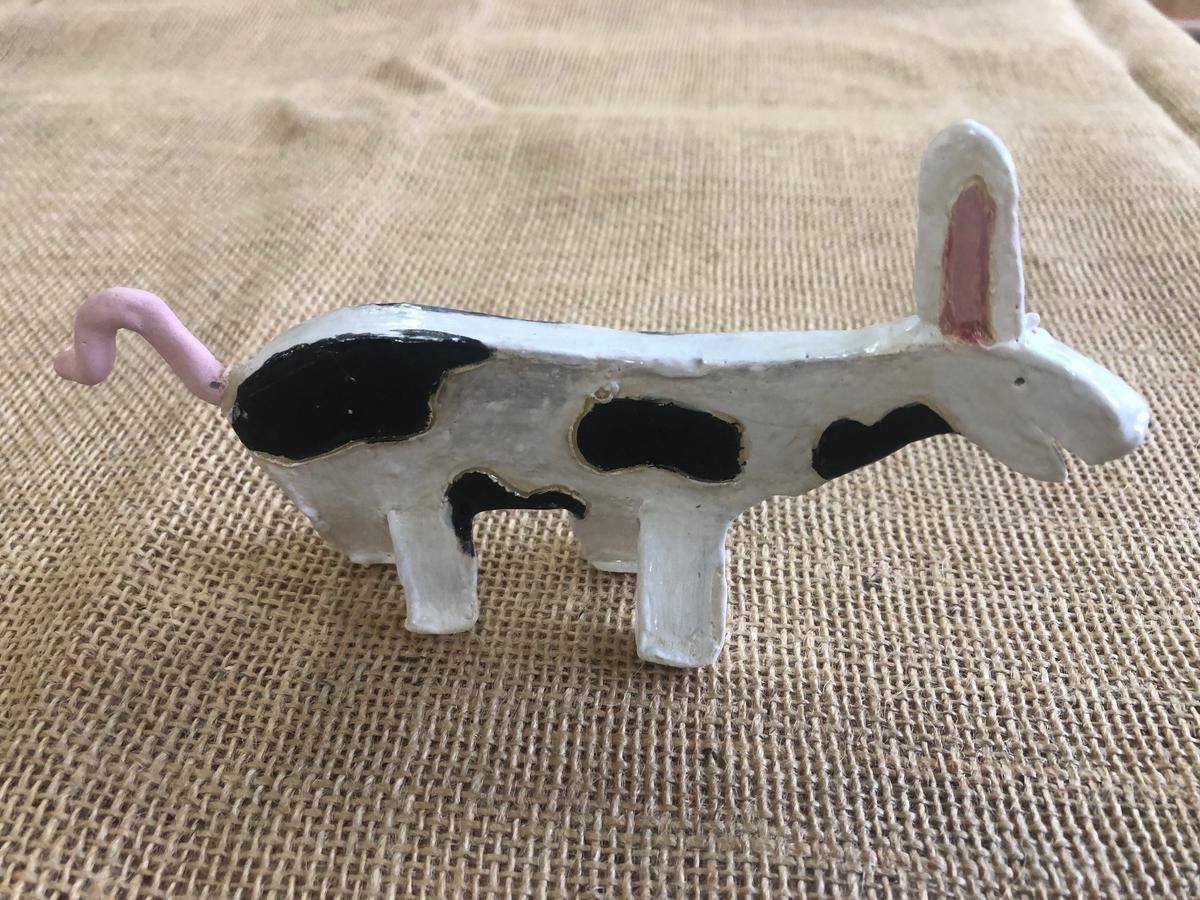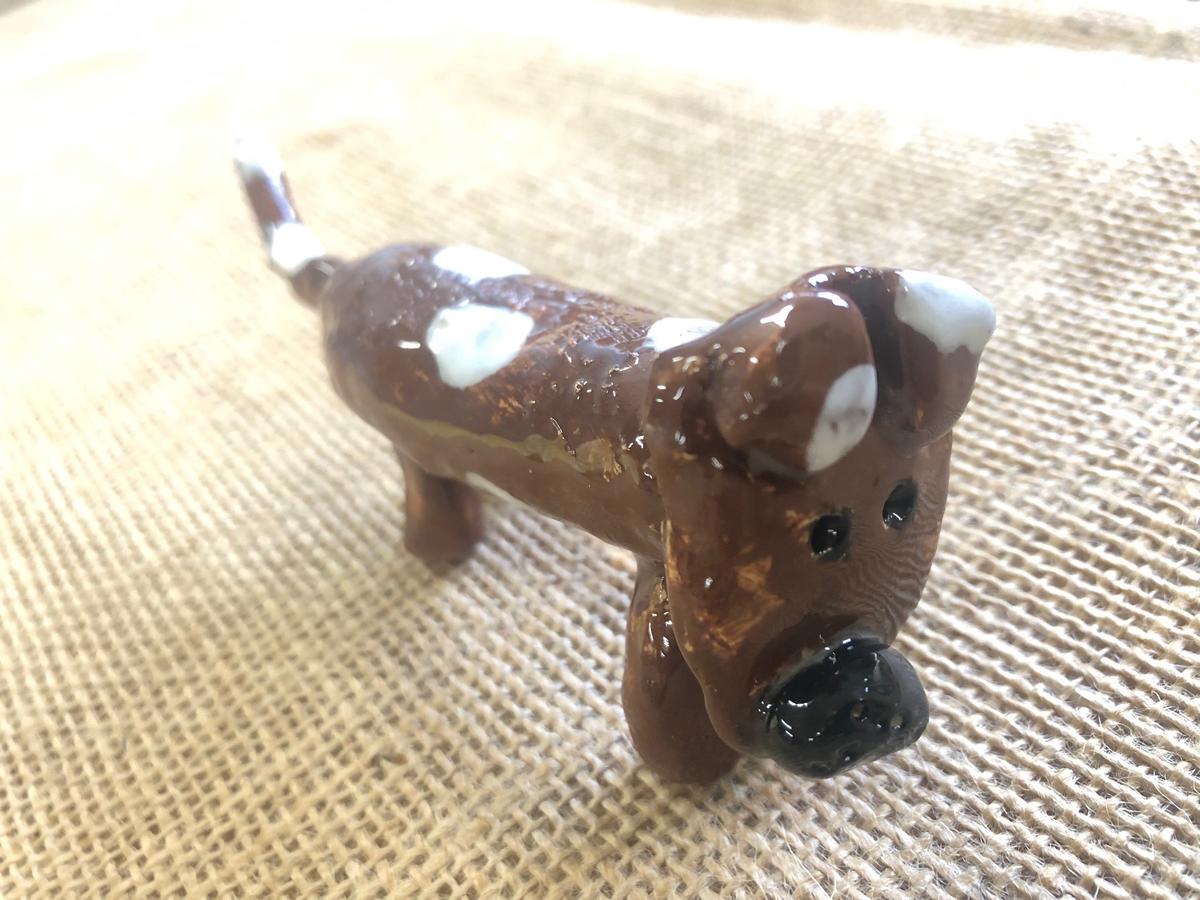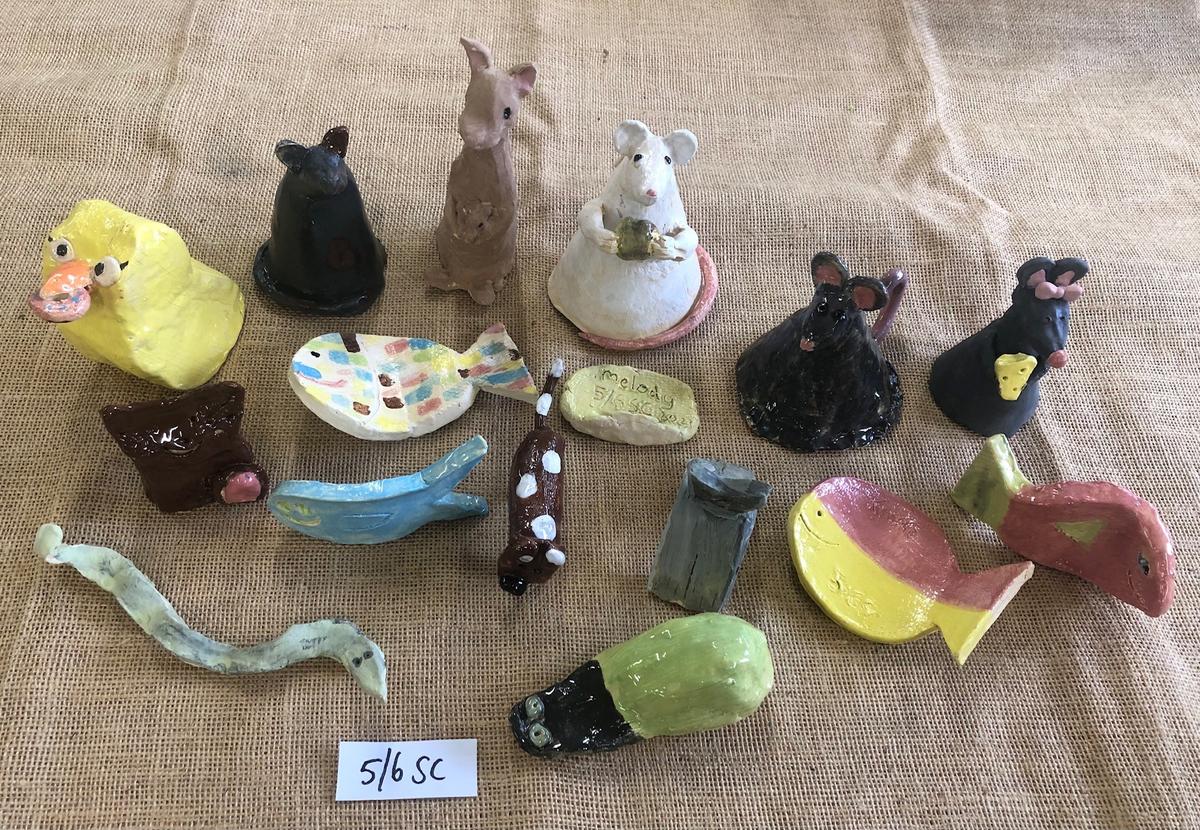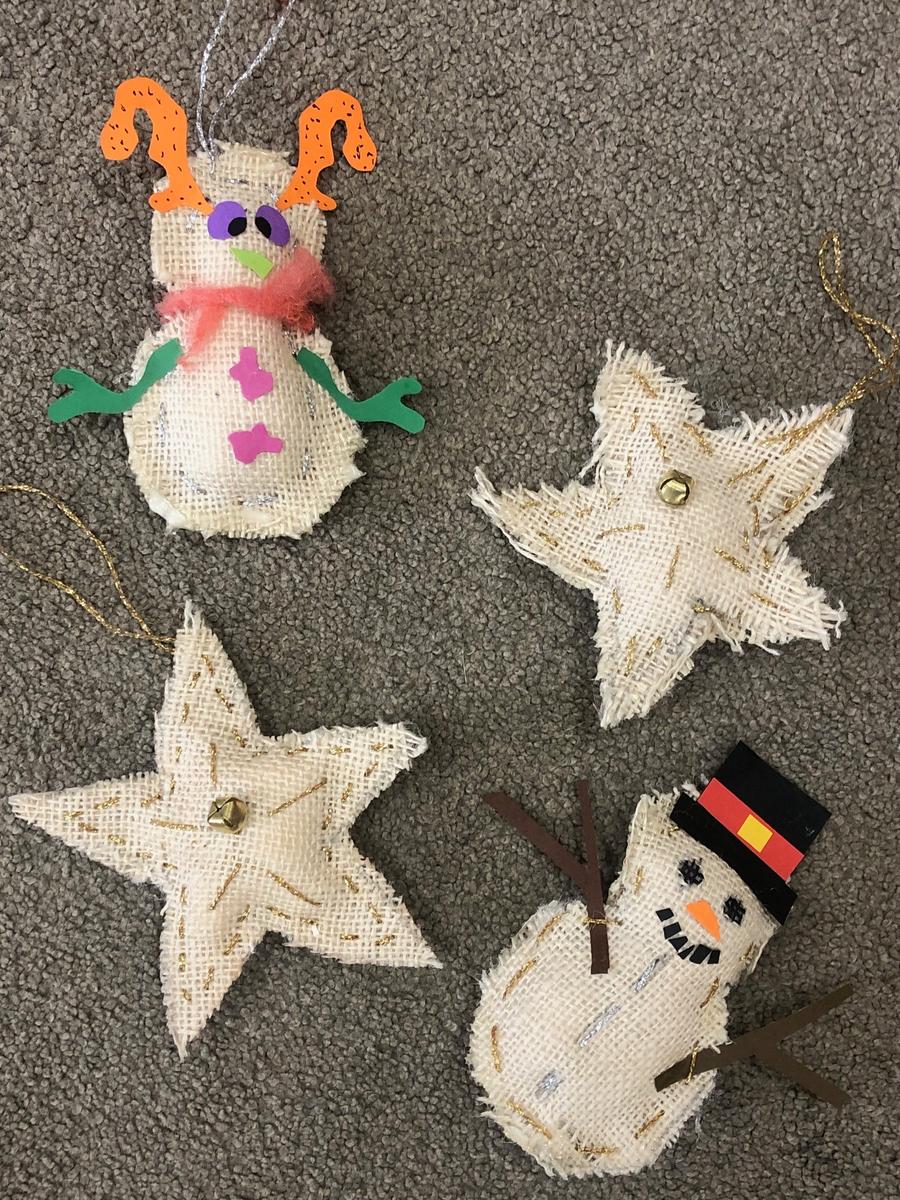Art
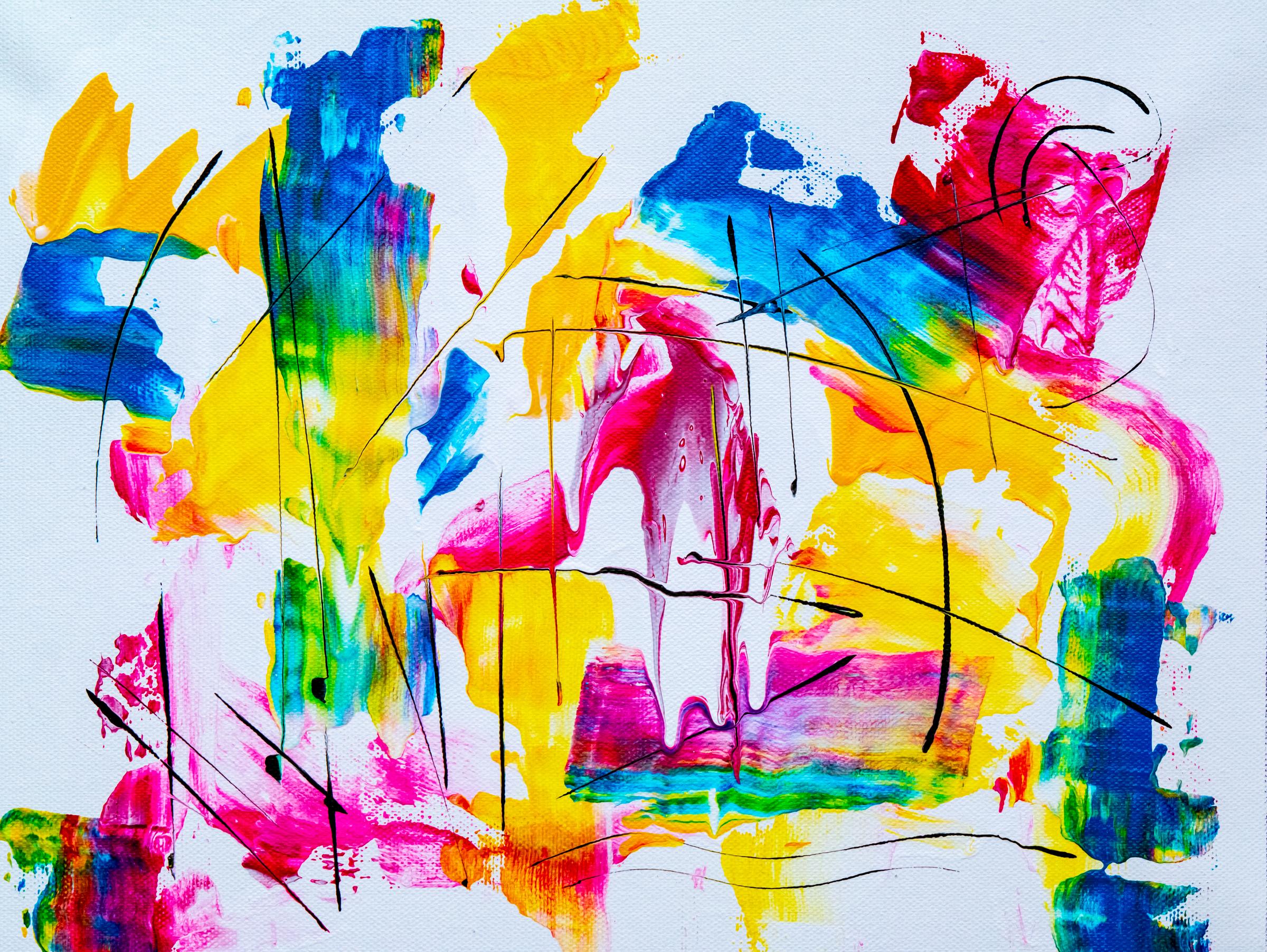
In the Art room….
We have enjoyed such a busy term in the art room. Here is a snapshot of what our students have been learning…
Preps
Painted blossom trees
Students painted their background blue using a quick drying paint-scrape technique. They looked at blossom tree images and used a fine brush to create upward strokes for the tree’s branches. The students had fun using the tips of their fingers to add the pinkish-whitish blossoms.
What keeps us safe… inquiry unit
Students chose either an ambulance, fire truck or police car to collage. We looked at images to understand how to tell the difference between the vehicles, such as shape, size, and colour. The students painted a quick drying background, and cut out shapes from sticky contact paper to stick onto their page to reflect their chosen vehicle. They had to cut shapes like circles and rectangles to make wheels and door handles for their vehicle. They were very creative; well done!
Grades 1 & 2
Creative Woven Bugs
Students made their own cardboard loom and learned how to weave. They used warp and weft threads. Warp threads are used vertically and essentially set up the loom, and the weft threads are used horizontally and it is the pattern of over/under/over/under of these threads that make the weaving.
Once a rectangle had been woven, the weaving was removed from the loom. Wire was inserted down the sides which formed the bug’s legs, and students added wings, eyes and antennas. Super efforts from the children and their resulting bugs were very cute.
By the way, did you know that an entomologist is a person who studies insects? Such a fascinating career or hobby!
Sewn bees: Grade 2
Students used a square of hessian to sew a bee or flying insect. To start, they made their own negative template, and explored how negative templates create space. They used this space to draw and colour their bee or flying insect with oil pastels.
Using running stitch, the students sewed around the outline of their bee/insect. They attached fly-screen wings and learned how to sew the wings to make them pop out from the hessian (to be 3D wings). Students further sewed a running stitch border around their hessian square, and learned about the fraying nature of hessian, having to be careful not to sew too close to the edges. Students added eyes and antenna to their finished bee/insect. As a final touch, the children learned how to scroll a paper flower. They glued their flower, and a couple of paper leaves, to their hessian work. We all know that bees and insects love flowers! Fabulous work, students!
Watercolour reindeer: grade 1
Clay Holly: grades 1 and 2
As the main Christmas activity, the students rolled some clay flat and cut around a holly template (known as a positive template.) They learned clay joining techniques to have the two leaves stay together. The students rolled small spheres for the berries. After their clay had been fired in the kiln once (called bisque firing), they were able to glaze their holly with red and green glaze. Students added a gloss glaze over their coloured glaze, which made their whole piece go white. Then the clay was put once more into the kiln, and when it came out… magic! The white gloss glaze had transformed into a clear and shiny glaze.
Grades 3 & 4
Clay penguins
Students made some fun clay penguins. Modelling a couple of pinch pots, they made the body and head. They learned about clay joining techniques to add wings and feet. Great work, students!
Scrolled flowers
As it was spring and close to Melbourne Cup Day where roses are a celebrated flower, students learned the art of paper cutting and scrolling to make a bouquet of roses. Wire was attached for stems. Students also made their own vase with some beautiful patterned paper. They did this by learning how to cut and fold flanges on a circular base to join to their rolled paper cylinder. Our art room looked like a florist there for a bit!
Coiled Christmas trees
Students explored the art of rolling even-thickness clay coils with which to make a Christmas tree. Some of their coils were really, really long! The students learned how to use their coils to model a cone from the base up. They learned how to join the coils together, especially smooshing the inside of the cone so the clay was smoothed over. Students learned how to cut a small clay star and join this to the top of their tree. The trees were fired, glazed, and then fired a second time.
Grades 5 and 6
The students enjoyed having Kim Miatke, from Warrandyte’s Calla Collective store, come and share her talents as an artist-in-residence. Kim is a wonderful watercolour artist, and creates and sells her art pieces in her store and online. Using brush pens, our students explored making marks with watercolour paints and blending colours. They learned about different lettering styles and how to embellish their work with permanent markers. Students wrote their names and some affirmative words about themselves on their artworks, as a statement of who they were. It was wonderful to see how the students embraced their own unique artwork. The grade 6s affirmations are framed and will replace the traditional grade 6 art tribute that the students leave at the school. The watercolour pieces look wonderful.
For those who are interested, Kim runs some some ceramic bauble-painting and wreath-making Christmas workshops in December from her Calla Collective store. She also holds a variety of workshops over the holidays for both students and adults to make a range of art works. Check out www.callacollective.com.au for further details.
Clay 3D animal
The students began this activity with rolling a clay slab. From this, they were to make a 3D animal or creature of their choice. They had to explore how to make their slab become 3D and many variations were used. Fantastic efforts and some amazing creatures were created.
Sewn Christmas stars or snowmen
For a Christmas decoration, students cut out hessian from a template and used a running stitch to sew around the edges. They stuffed the their decoration and added a ribbon so it could be hung.

